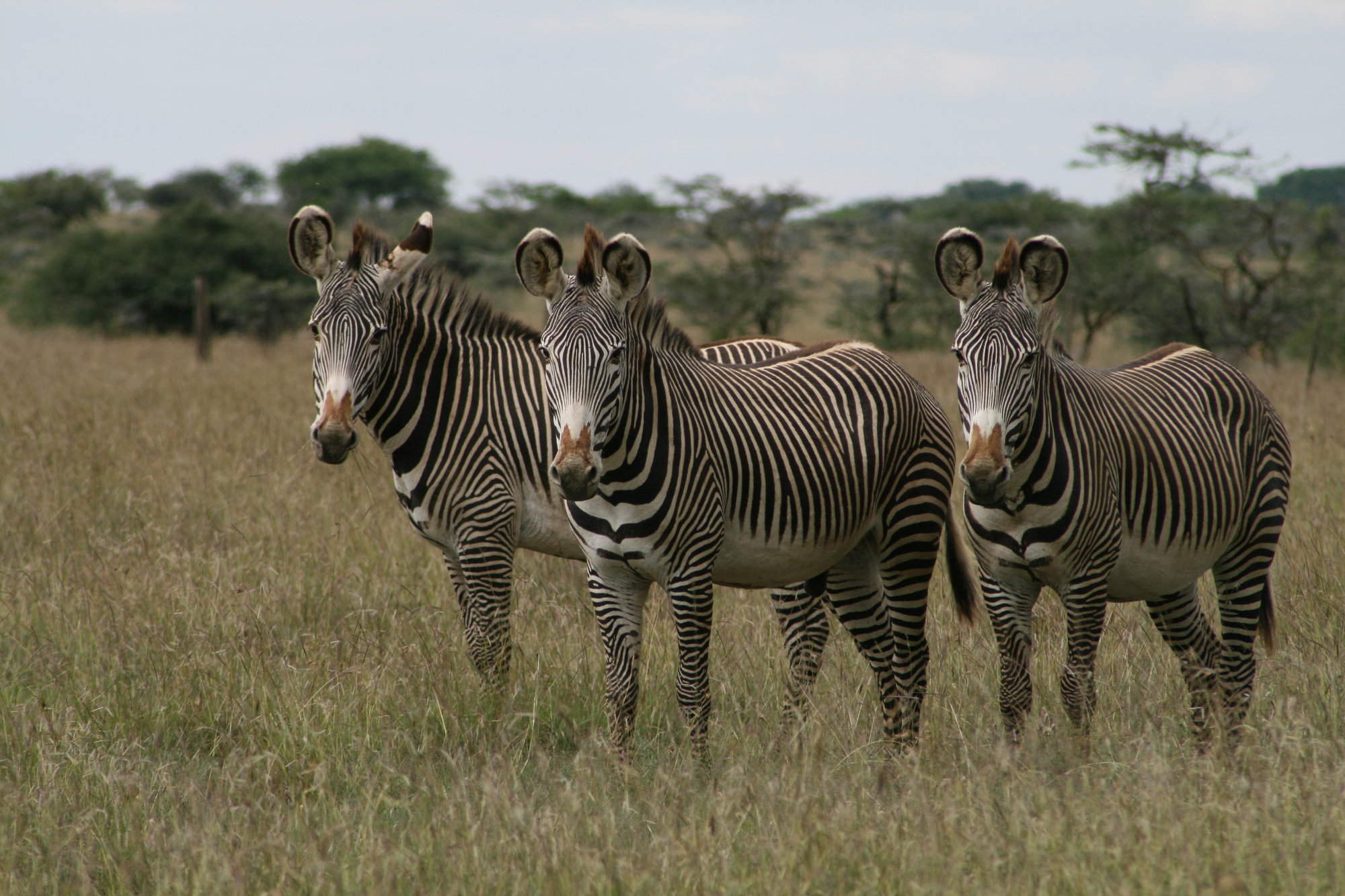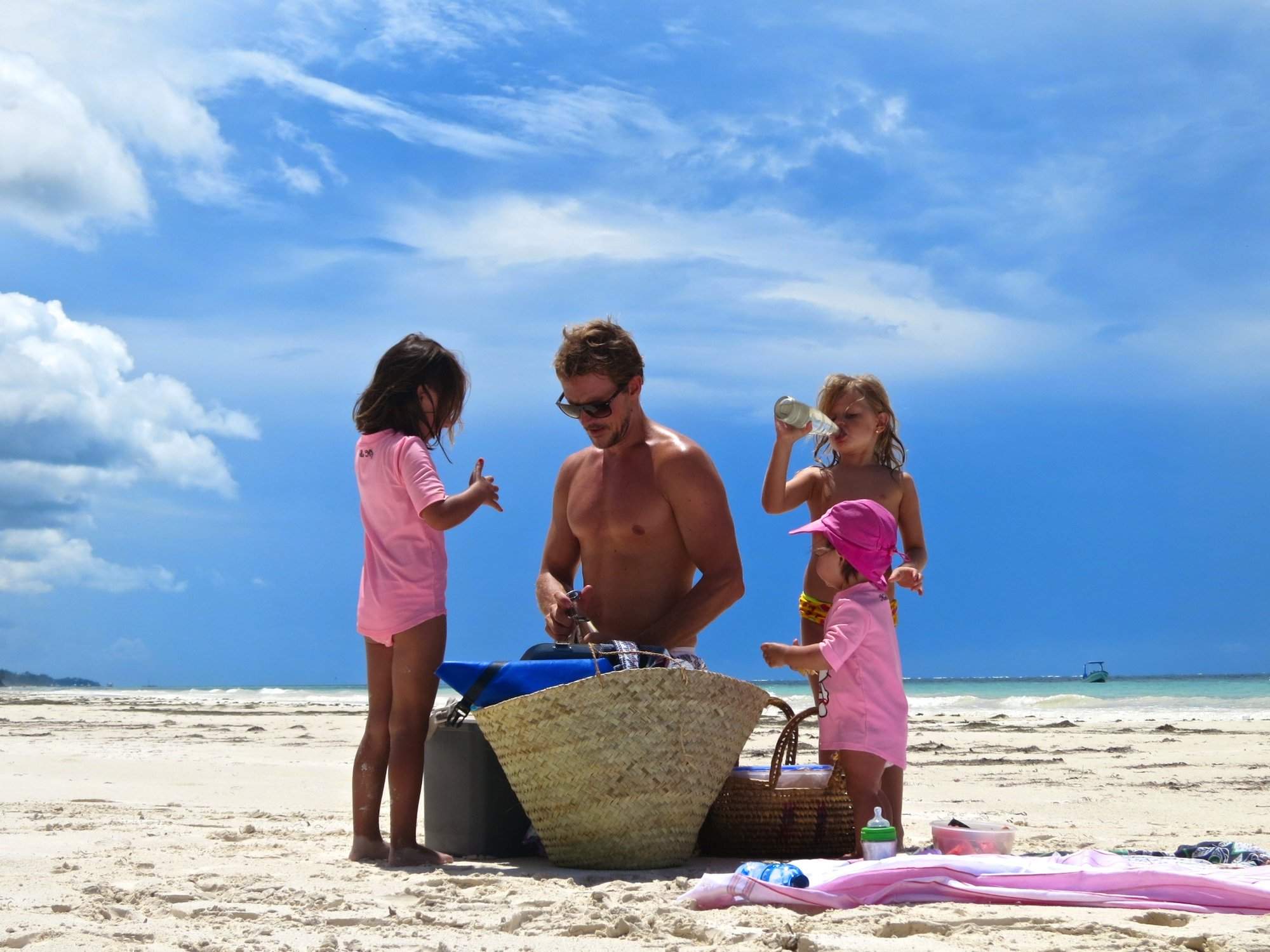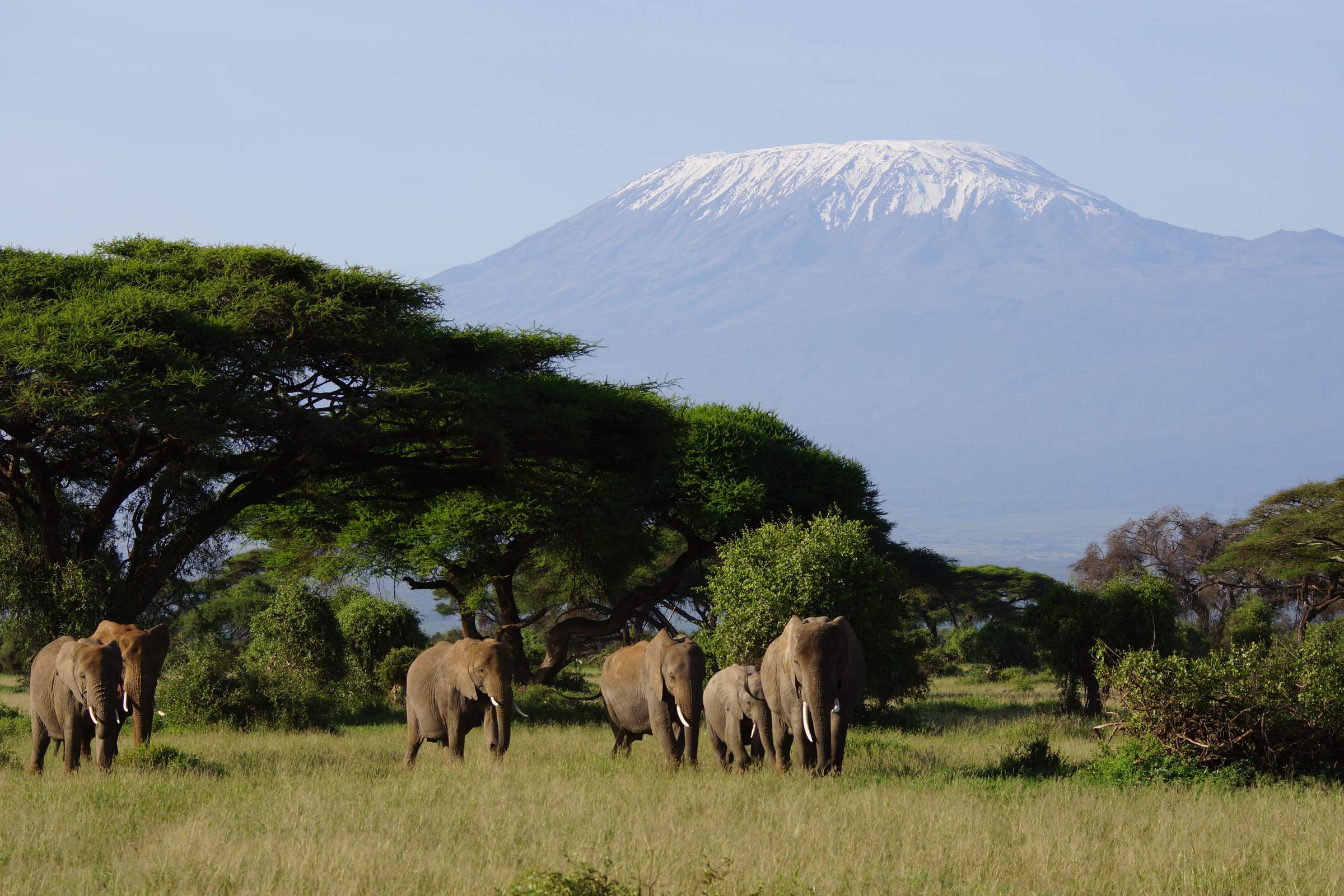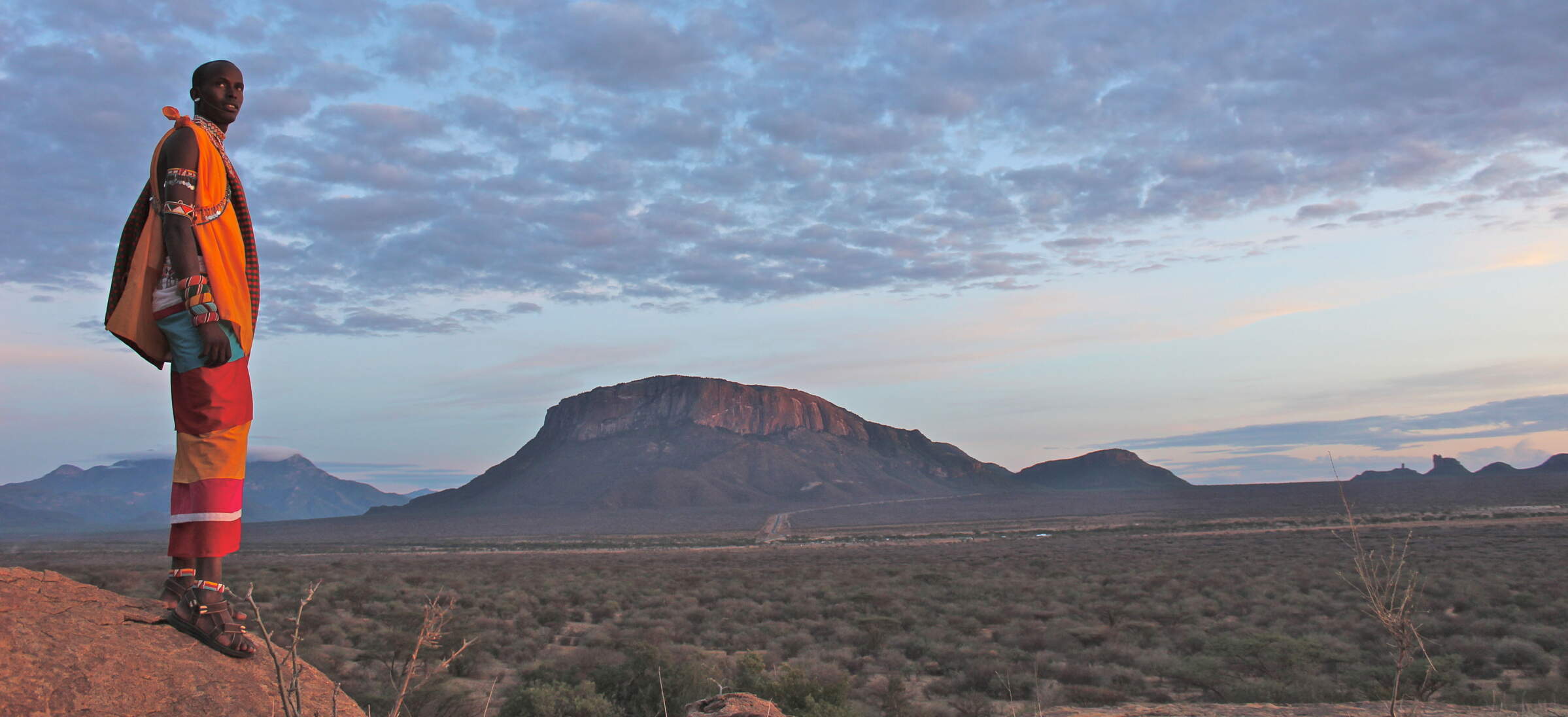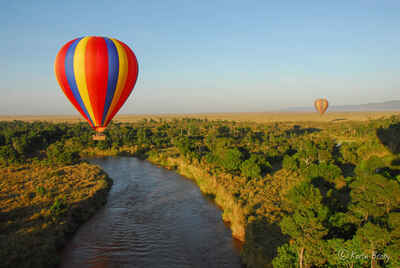
This area is well known for its memorable hot-air ballooning safaris.
Most of the Maasai Mara National Reserve consists of short-grass plains...
...cut through by the meandering Mara and Talek rivers.
Many safari camps are set in stunning landscapes.
...with Maasai guides and staff.
Maasai Mara National Reserve
Maasai Mara National Reserve
Land of Big Cat Diary and Disney’s African Cats, the Maasai Mara is at the top of many safari wish lists.
The location of the ’Great Migration’ – one of the natural wonders of the world – is a gloriously beautiful, wildlife-rich savannah landscape, once described by the eminent biologist Julian Huxley as 'the only easily accessible and readily studied remaining portion of the world’s pre-human climax community at its tropical richest.'
It’s also a region where traditionally dressed Maasai still herd their cattle and goats in a lifestyle that in some respects hasn’t changed much since they first arrived here 350 years ago.
And equally, today, the Maasai Mara is where herds of minibuses jostle for the best photo opportunity amid a panorama of African wildlife. We’re not going to pretend otherwise: 'The Mara' is one of the busiest of Kenya’s safari regions. Happily, there are strategies for avoiding the crowds – and we have lots of experience in doing just that.
Nowhere in Kenya has captured the world’s imagination quite like the Maasai Mara. On the short-grass savannahs of the Mara River basin, between the Loita Hills in the east and the Oloololo Escarpment in the west, hundreds of big-maned lions, large numbers of cheetah and leopards, spotted hyenas and jackals, some 1,500 elephants, tens of thousands of antelope of more than a dozen species from the tiny dik-dik to the huge eland, Thomson’s and Grant’s gazelles, herds of buffalo, Maasai giraffe, and migratory Burchell’s zebras and wildebeest in their hundreds of thousands make the region a magnet for safaris of every stripe.

Safaris visiting Maasai Mara
On our own Maasai Mara safaris – both for Expert Africa and while researching the Rough Guide to Kenya – we’ve seen the vast majority of Maasai Mara lodges and camps, and we’ve used that safari experience to choose the best safari camps across a range of prices. Here are some ideas, but talk to us and we’ll help you work out a safari itinerary that will make the most of your time in this fabled part of East Africa.

Gorillas and Maasai Mara Safari
9 days • 3 locations
KIGALI AIRPORT TO NAIROBI AIRPORT
This trip combines two of Africa's most unforgettable wildlife experiences – Rwanda's mountain gorillas and Kenya's Maasai Mara.
US$11,400 - US$13,510 per person

Steppe Eagle Fly-in Safari
7 days • 2 locations
NAIROBI AIRPORT TO NAIROBI AIRPORT
Two comfortable tented camps overlooking the Ewaso Nyiro and Mara River put you at the heart of the action. Experience spectacular diversity in species and habitat with safari in Samburu and the Masaai Mara National Reserve.
US$6,140 - US$9,310 per person

Greater Kudu Fly-In Safari
7 days • 2 locations
NAIROBI AIRPORT TO NAIROBI AIRPORT
Experience a truly authentic bush experience on this safari at two classic tented camps, in Laikipia and the Maasai Mara. These are some of the best places to spot wild dogs and big cats.
US$8,130 - US$9,080 per person

Rothschild Giraffe Safari
8 days • 3 locations
NAIROBI AIRPORT TO NAIROBI AIRPORT
A example of a luxury Kenyan safari, starting at the iconic Giraffe Manor before fabulous stays on the spectacular Solio Reserve and Sala’s Camp in a remote corner of the Maasai Mara.
US$12,650 - US$17,830 per person

Big Cat Fly-in Safari
8 days • 2 locations
NAIROBI AIRPORT TO NAIROBI AIRPORT
Combining two of Kenya’s best wildlife-viewing areas, this slow-paced safari to the Lewa Conservancy and Maasai Mara guarantees iconic wildlife. The long-established, well-rated camps are great value, too.
US$5,690 - US$8,850 per person

Golden Jackal Fly-in Safari
8 days • 2 locations
NAIROBI AIRPORT TO NAIROBI AIRPORT
A contrasting safari of a lodge and a tented camp, with action-packed activities in Laikipia and wildlife-filled game drives in the Maasai Mara, offers a consistently high-quality experience.
US$11,200 - US$14,130 per person
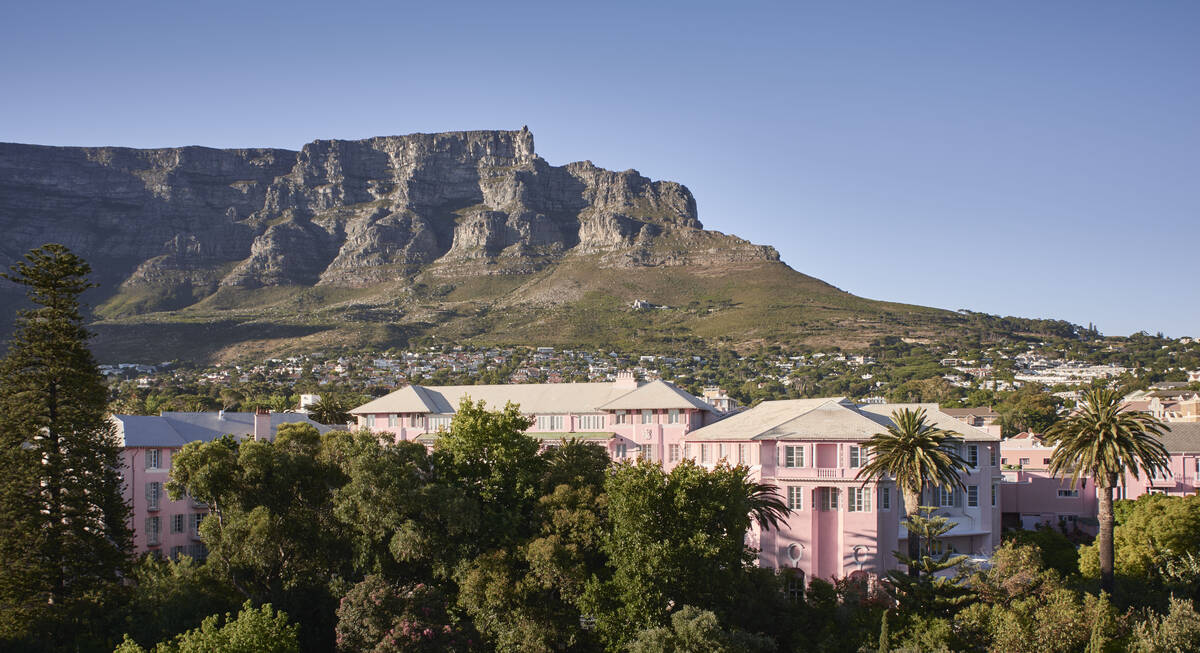
The Highlights of Africa
17 days • 7 locations
CAPE TOWN AIRPORT TO KIGALI AIRPORT
An epic adventure taking in some of Africa’s most incredible sights and wildlife experiences, from Cape Town to the Okavango Delta, Victoria Falls, the Maasai Mara and an encounter with mountain gorillas.
US$16,390 - US$19,790 per person
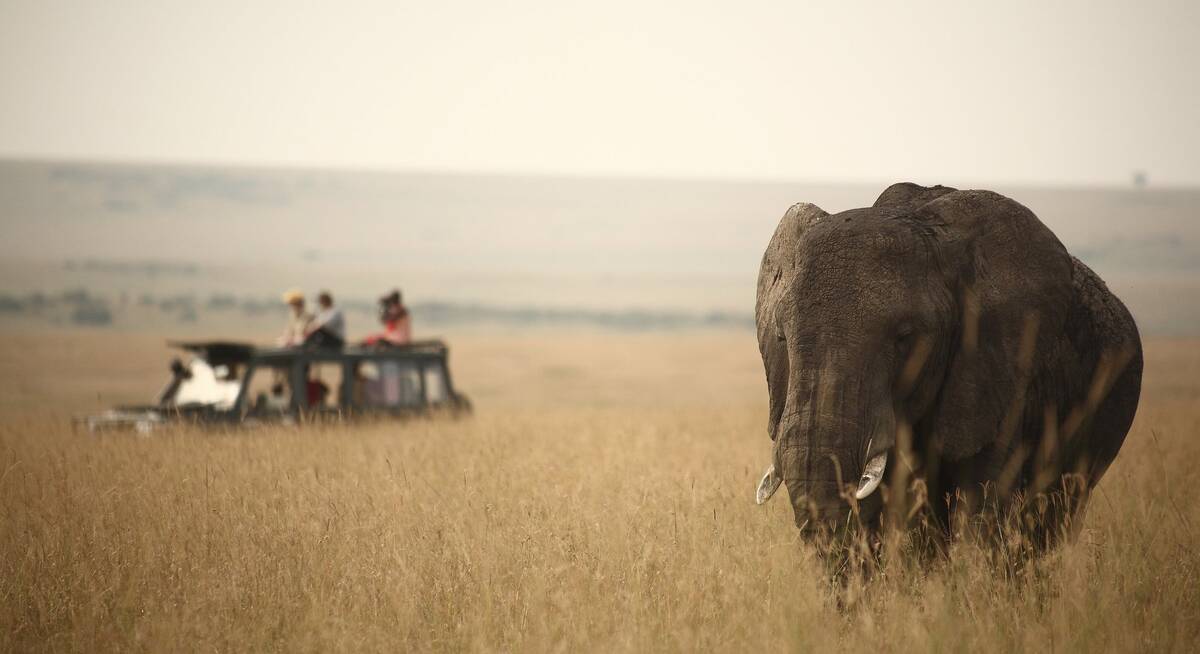
Martial Eagle Fly-in Safari
9 days • 3 locations
NAIROBI AIRPORT TO KILIMANJARO AIRPORT
This stylish fly-in safari visits two of Africa’s most iconic parks, the Maasai Mara National Reserve in Kenya and Tanzania's Serengeti National Park.
US$12,720 - US$17,740 per person
Most recent reviews of our safaris to Maasai Mara
Click below to browse all 126 reviews from Maasai Mara National Reserve. All from our travellers; all are in full & unedited.
Arrived 12 Feb 2025, 21 nights
"My Feb 2025 trip"
Overall rating: Excellent
Arrived 31 Jan 2025, 12 nights
"My Jan 2025 trip"
Overall rating: Excellent
Arrived 19 Jan 2025, 11 nights
"Our Kenya trip January 2025"
Overall rating: Excellent
Arrived 22 Oct 2024, 8 nights
"My Oct 2024 trip"
Overall rating: Excellent
Arrived 1 Oct 2024, 10 nights
"My Oct 2024 trip"
Overall rating: Excellent
Arrived 15 Sep 2024, 24 nights
"Our Sep 2024 trip"
Overall rating: Excellent
Arrived 15 Sep 2024, 11 nights
"My Sep 2024 trip"
Overall rating: Good
Arrived 14 Sep 2024, 12 nights
"Our last Safari. Age has caught up"
Overall rating: Excellent
Arrived 12 Sep 2024, 12 nights
"My Sep 2024 trip"
Overall rating: Excellent
Arrived 7 Sep 2024, 24 nights
"My Sep 2024 trip"
Overall rating: Excellent
Where to stay in Maasai Mara
Our suggestions for safari camps in Maasai Mara National Reserve
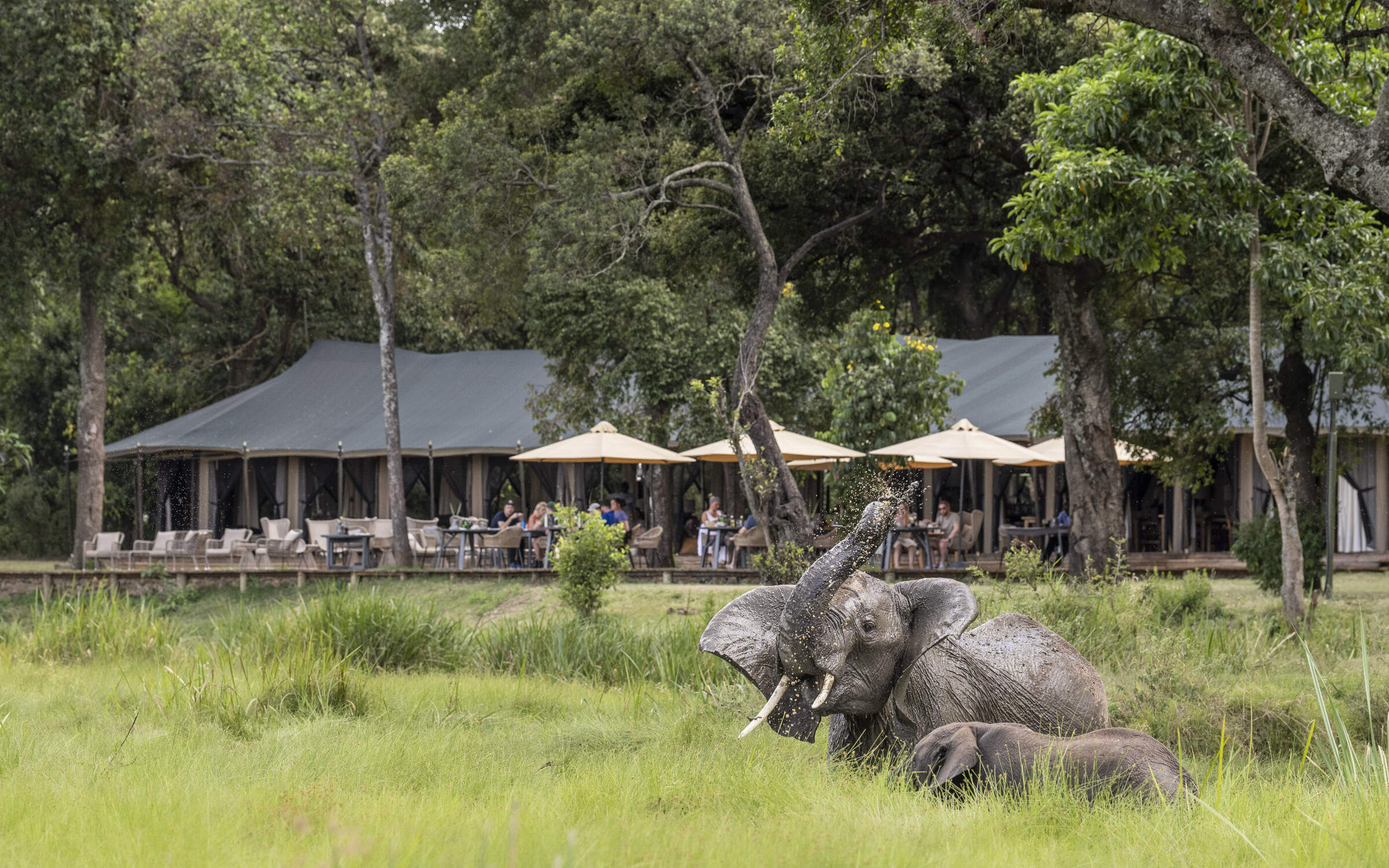
Little Governors'
Little Governors’ Camp sits by a swamp (an old oxbow of the Mara River) in the Mara Triangle sector of the Maasai Mara National Reserve. It has its own balloon-launching site.
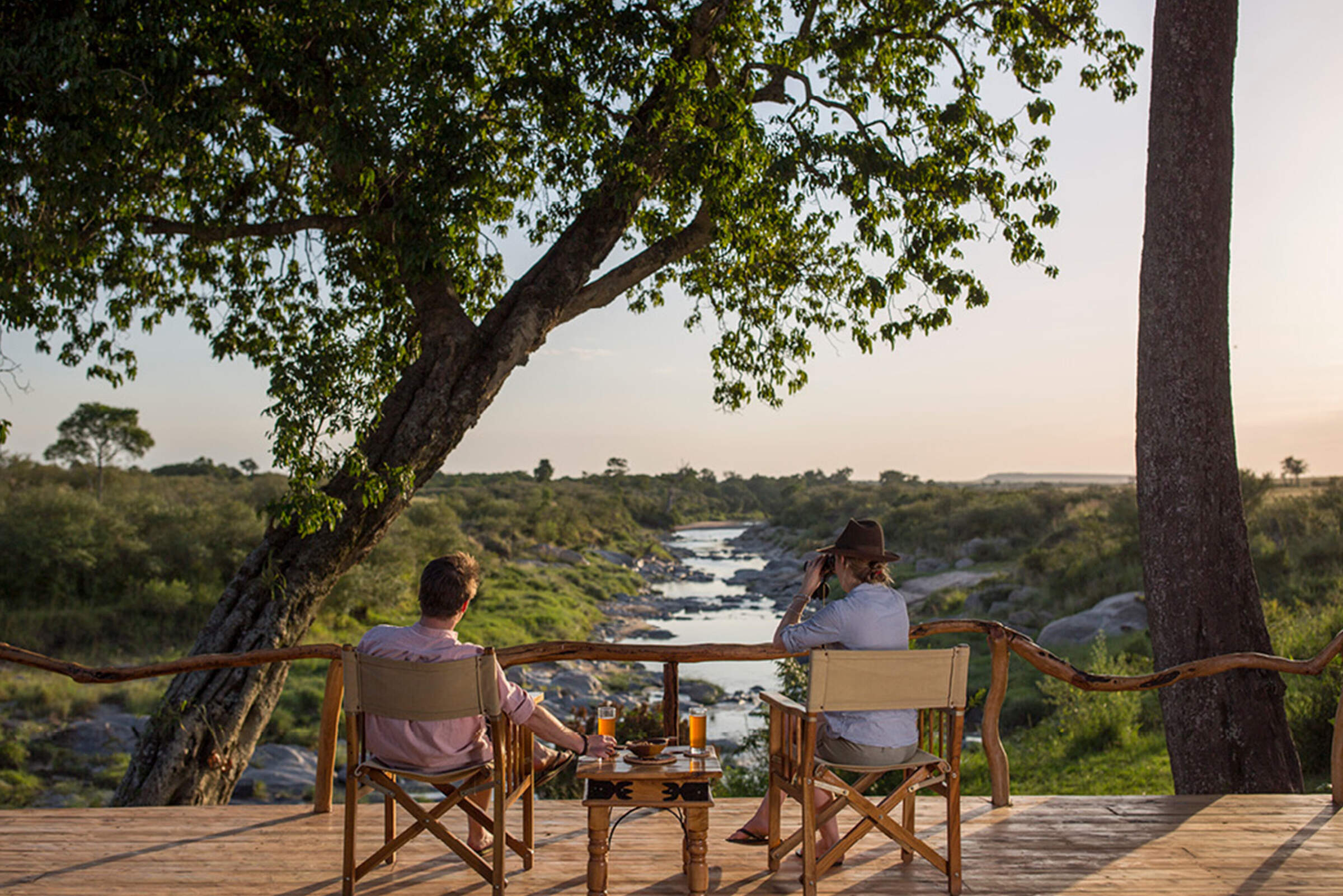
Rekero
Rekero is an unpretentious, high-end safari camp, for travellers who take their wildlife watching seriously and are prepared to pay for an exceptional location.
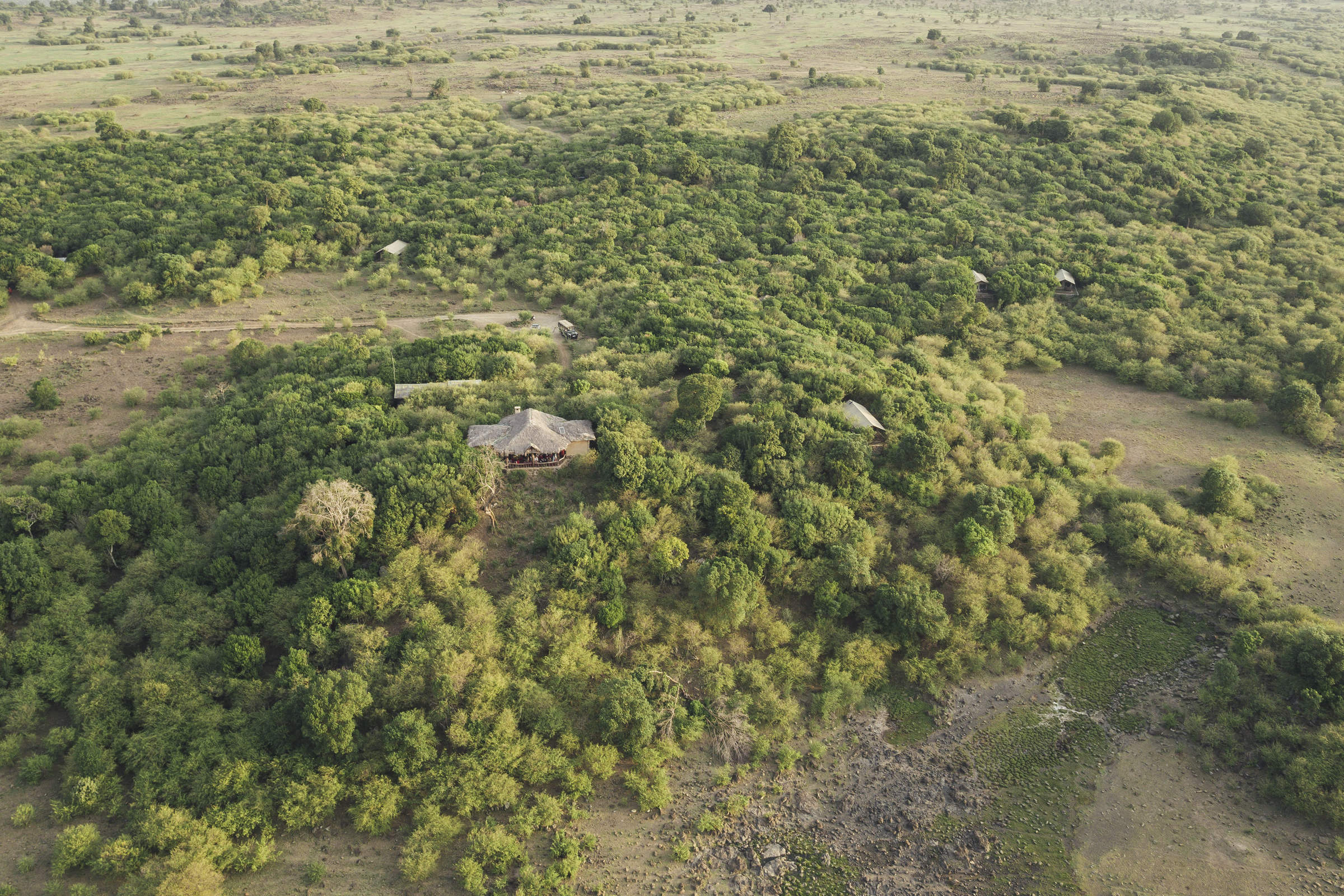
Tangulia Mara
Tangulia Mara is a rustic and traditional safari camp on the border of the Maasai Mara National Reserve owned by Jackson Looseyia of Big Cat Diary fame.
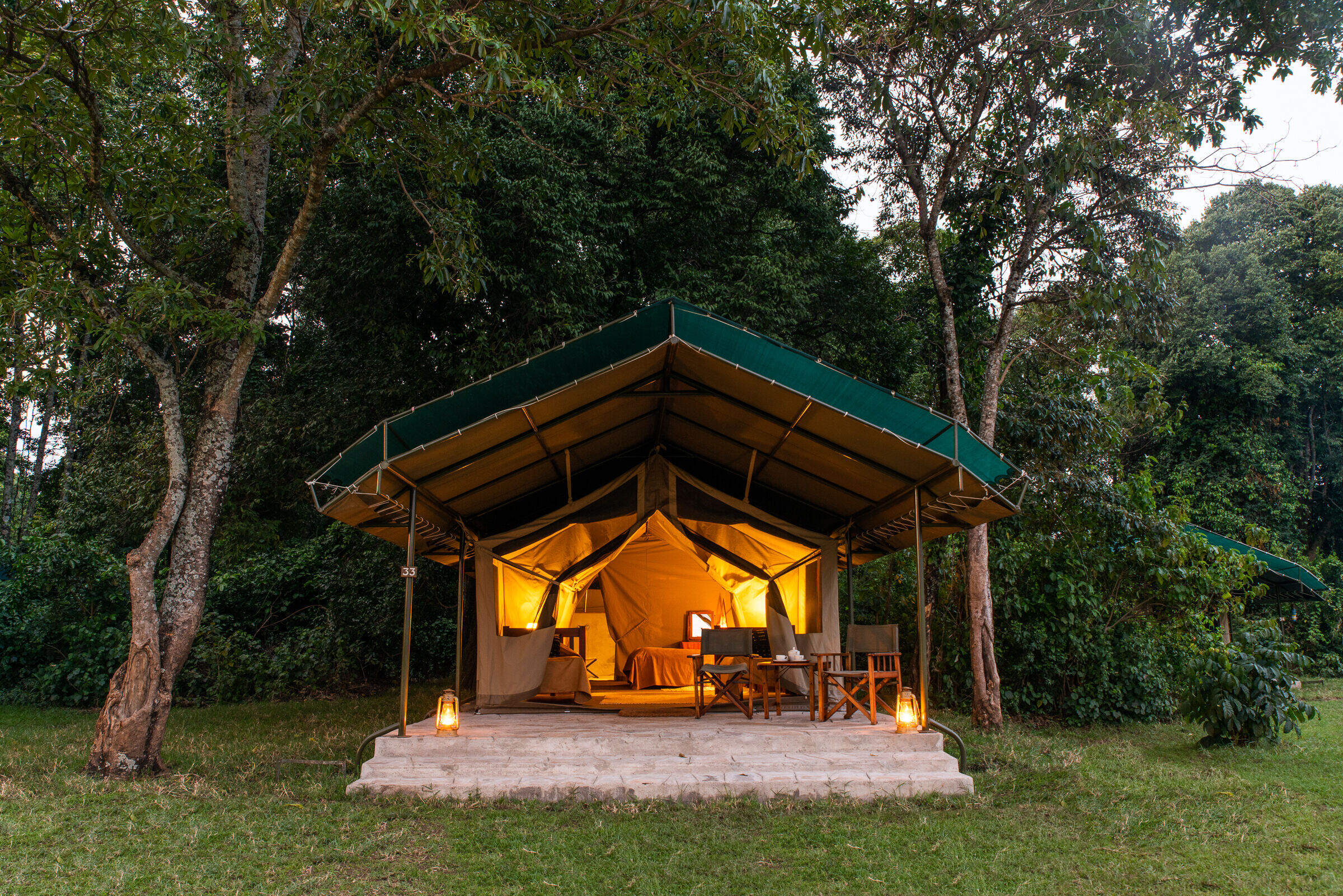
Governors' Camp
Governors' Camp is a large tented camp on the Mara River and one of the oldest in the Mara region, dating from 1972. Although unfenced, and regularly visited by elephants, the whole compound is always busy with human activity.
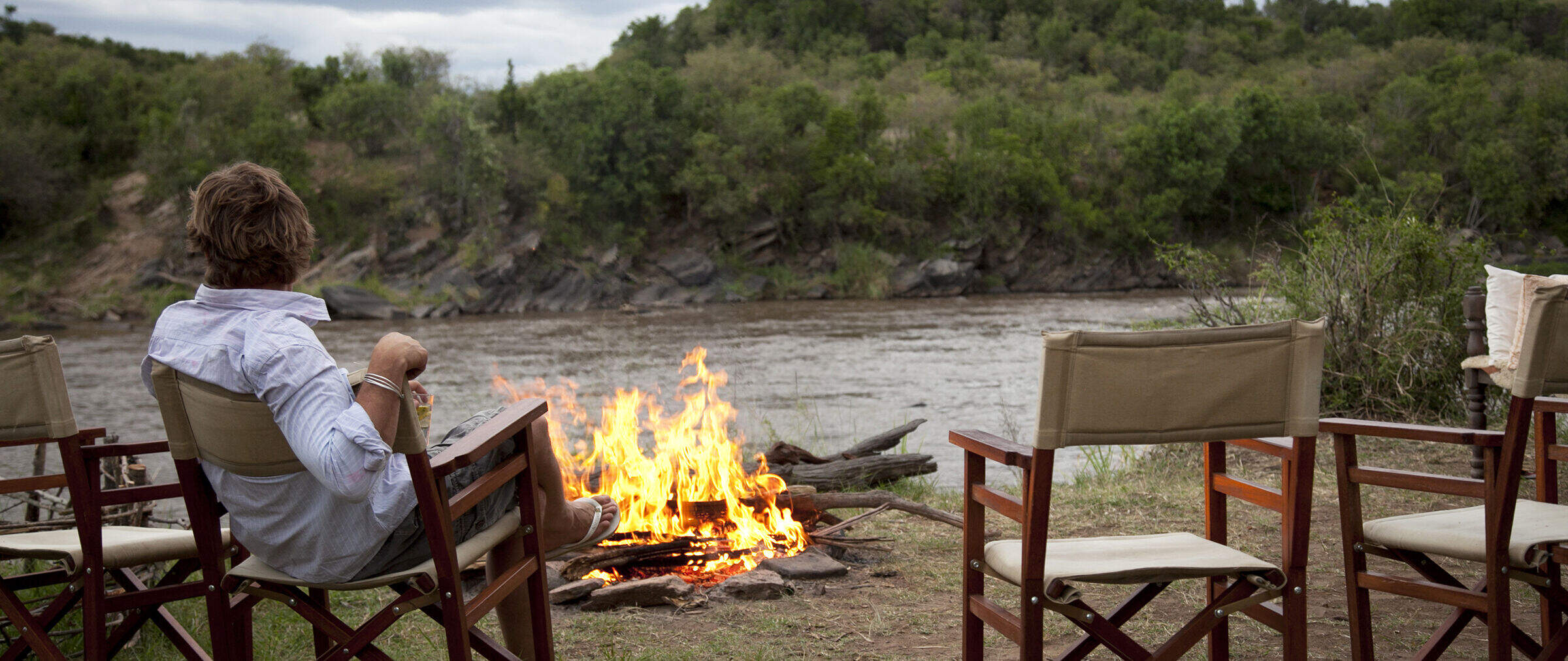
Serian Nkorombo
Serian Nkorombo is a luxury bush camp in the Musiara sector of the Maasai Mara National Reserve on the east side of the Mara River.
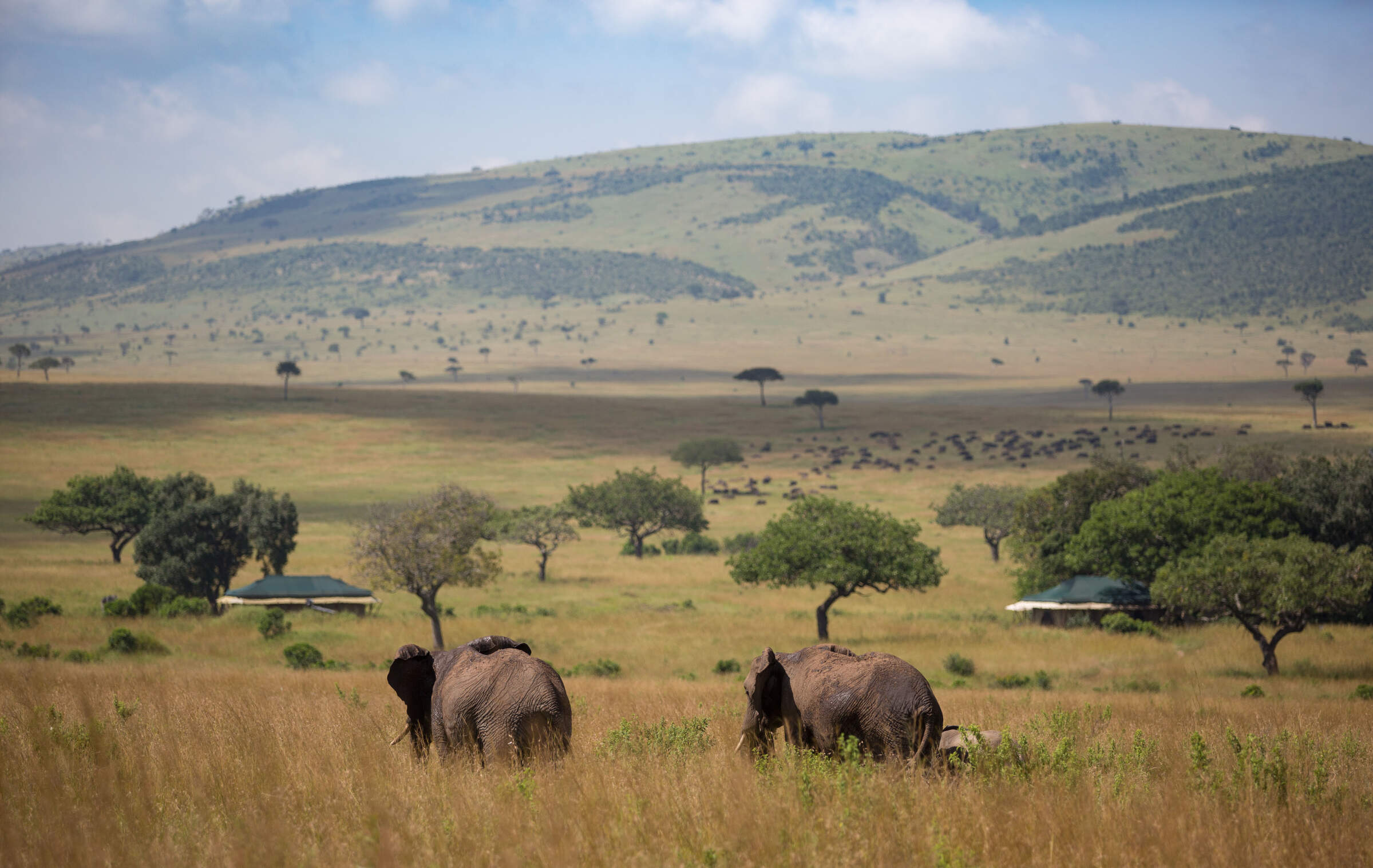
Sand River Camp
Luxury colonial-style tented camp on the banks of the Sand River close to the Tanzania border – a great spot to see the wildebeest migration.
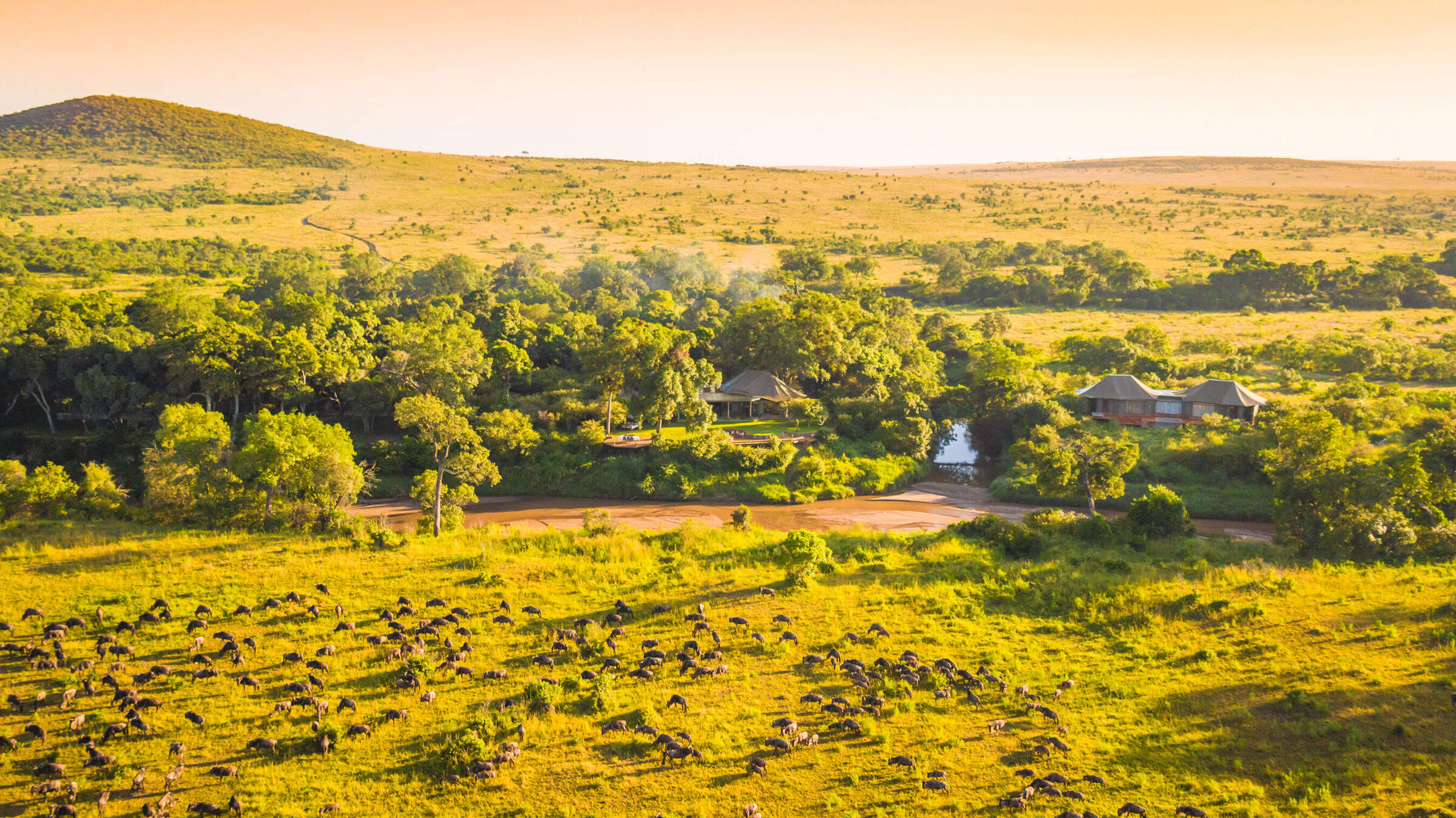
Sala's Camp
Sala’s Camp is a comfortable and intimate tented camp, with seven tented rooms, located on the banks of the Sand River, in the far south of the Maasai Mara National Reserve.
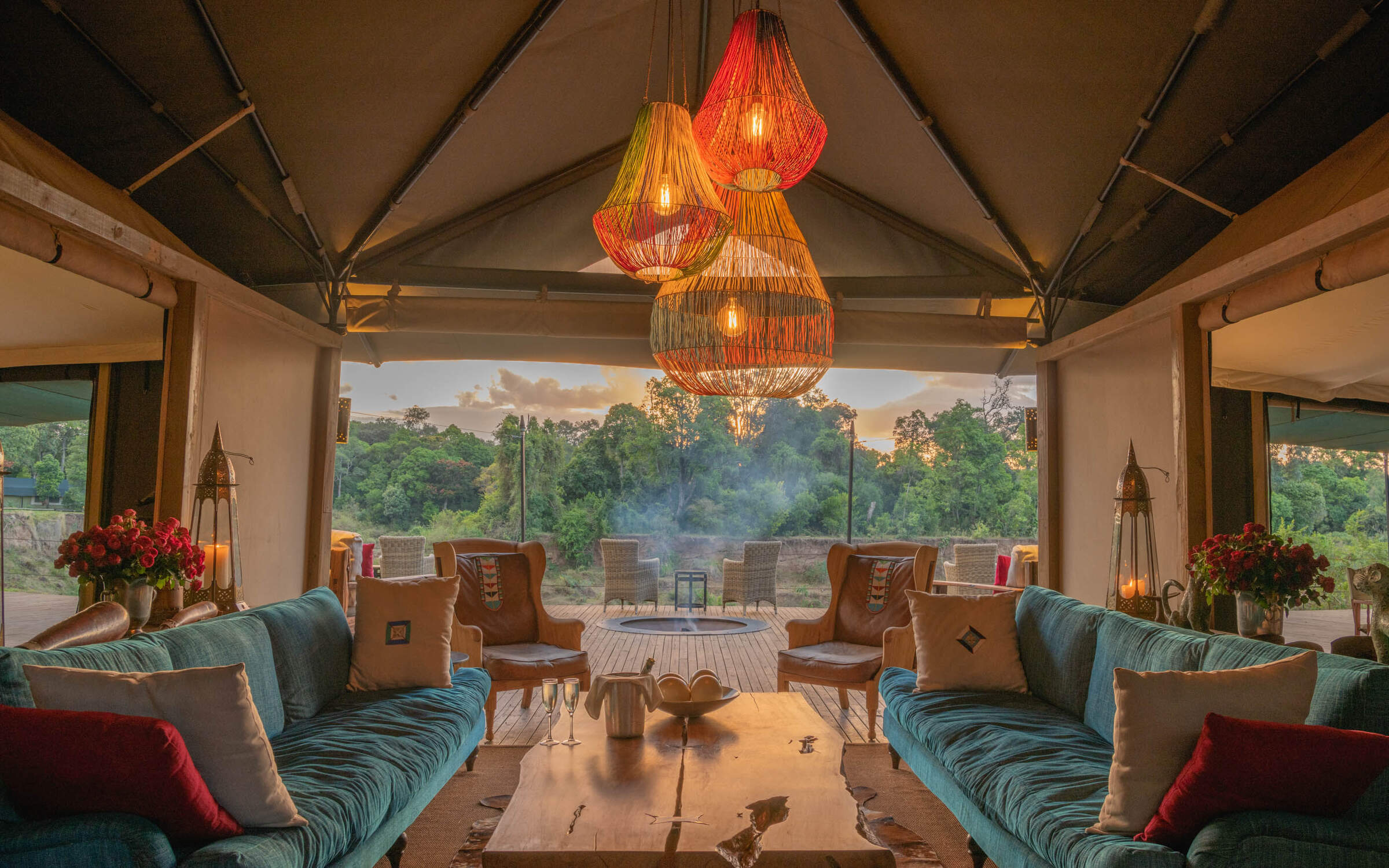
Governors' Il Moran
The smallest and most expensive of the three camps in the Governors’ group, Governors’ Il Moran Camp hugs a meander of the Mara River just 1km north of the main Governors’ Camp.
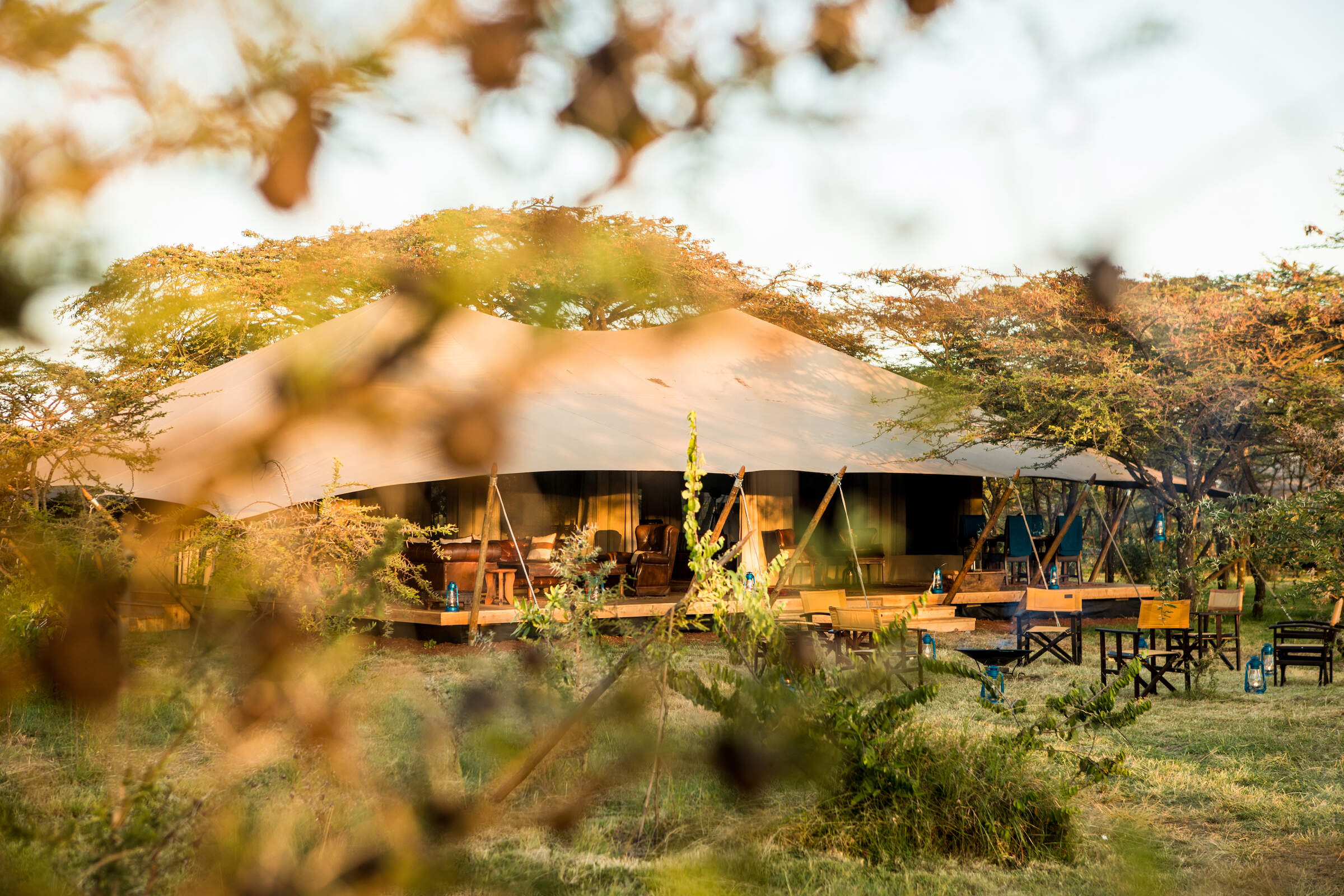
Mara Expedition Camp
Mara Expedition Camp is a small luxury camp located in a slightly elevated area of bush and woodland, just outside the Maasai Mara National Reserve.
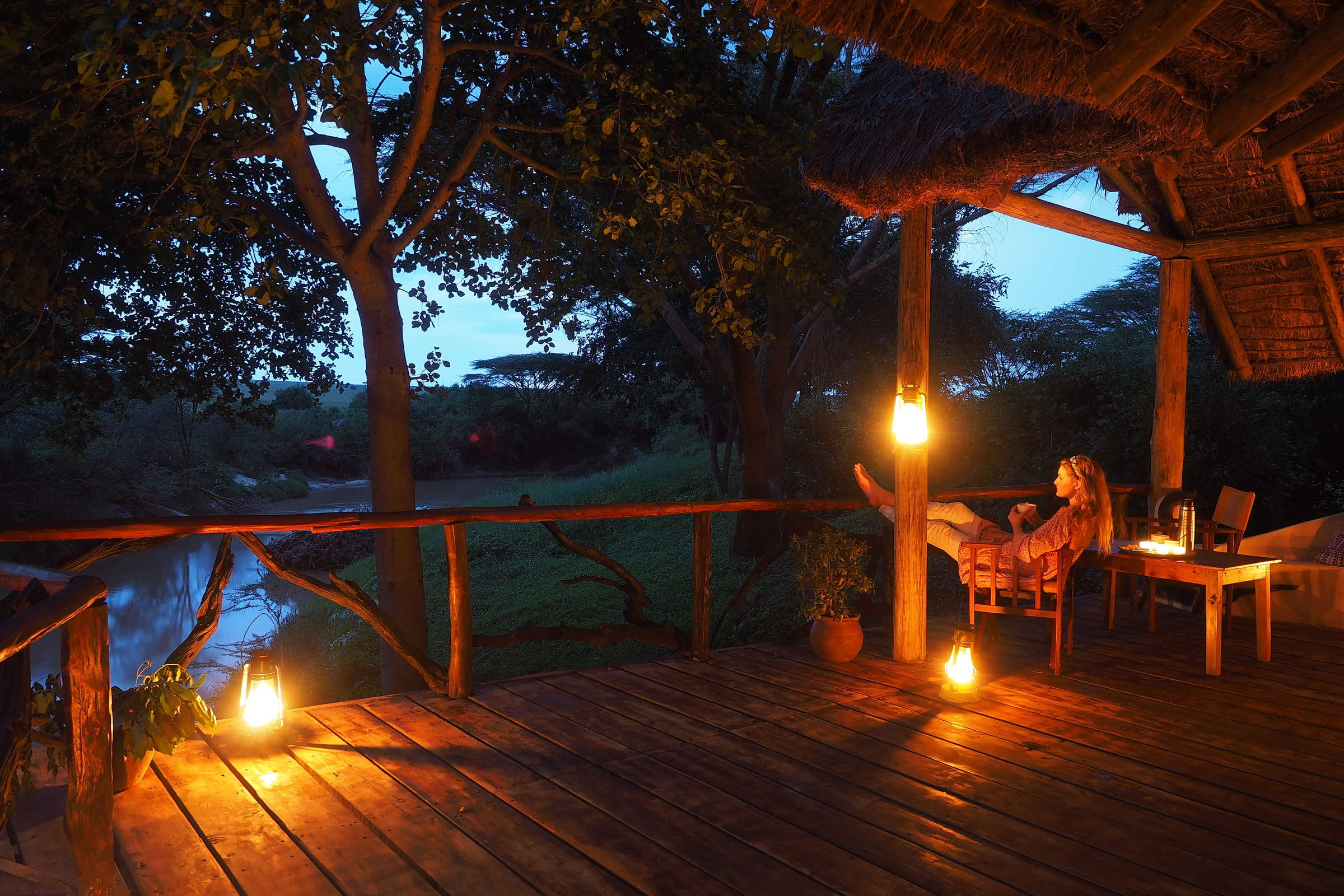
Basecamp Maasai Mara
Basecamp Maasai Mara is a family-friendly, award-winning eco-camp on a U-bend on the north bank of the Talek River, on the boundary of the Maasai Mara National Reserve.
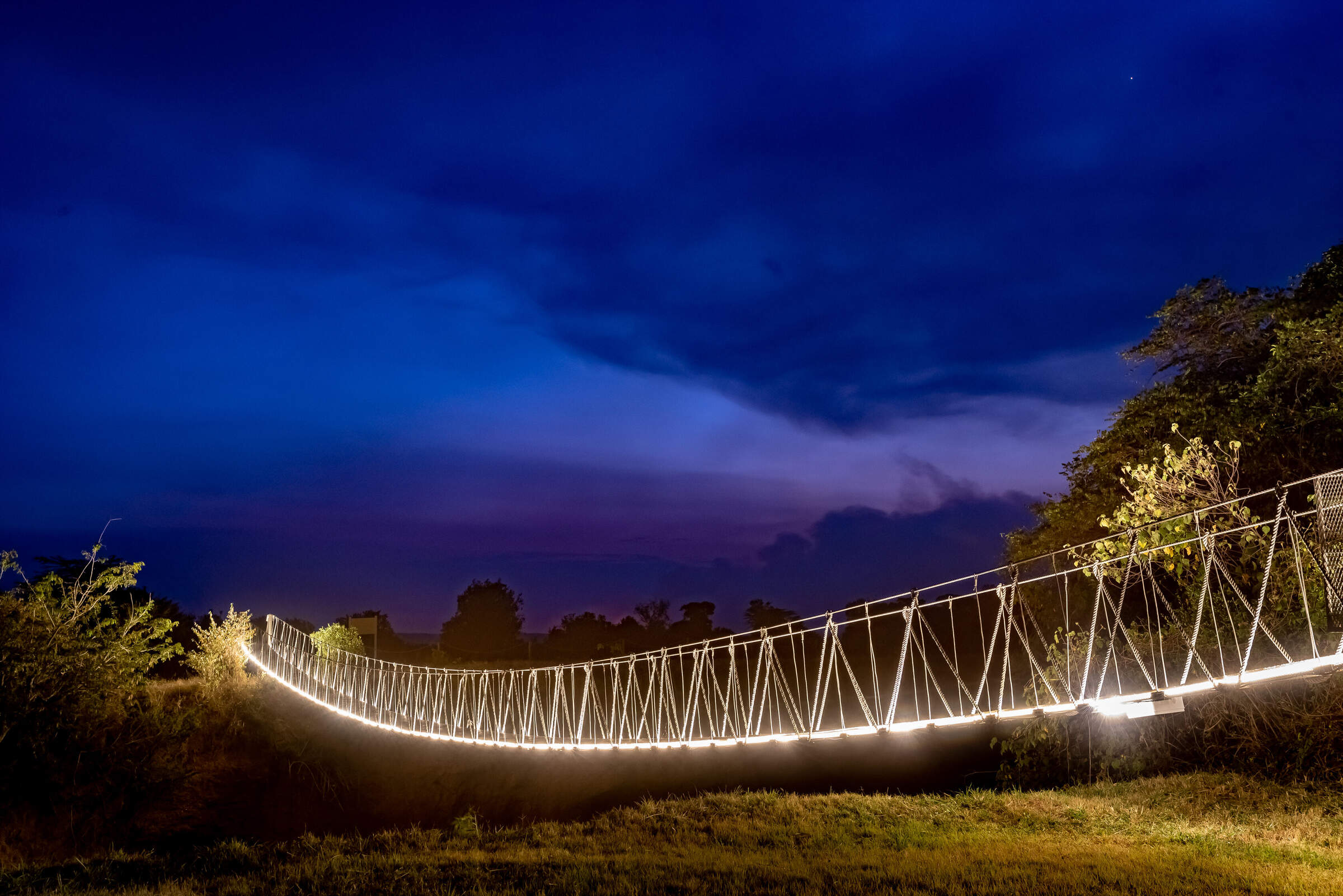
Ilkeliani Camp
Ilkeliani Camp is a smart elegant camp overlooking the Talek River, on the edge of the Maasai Mara National Reserve.
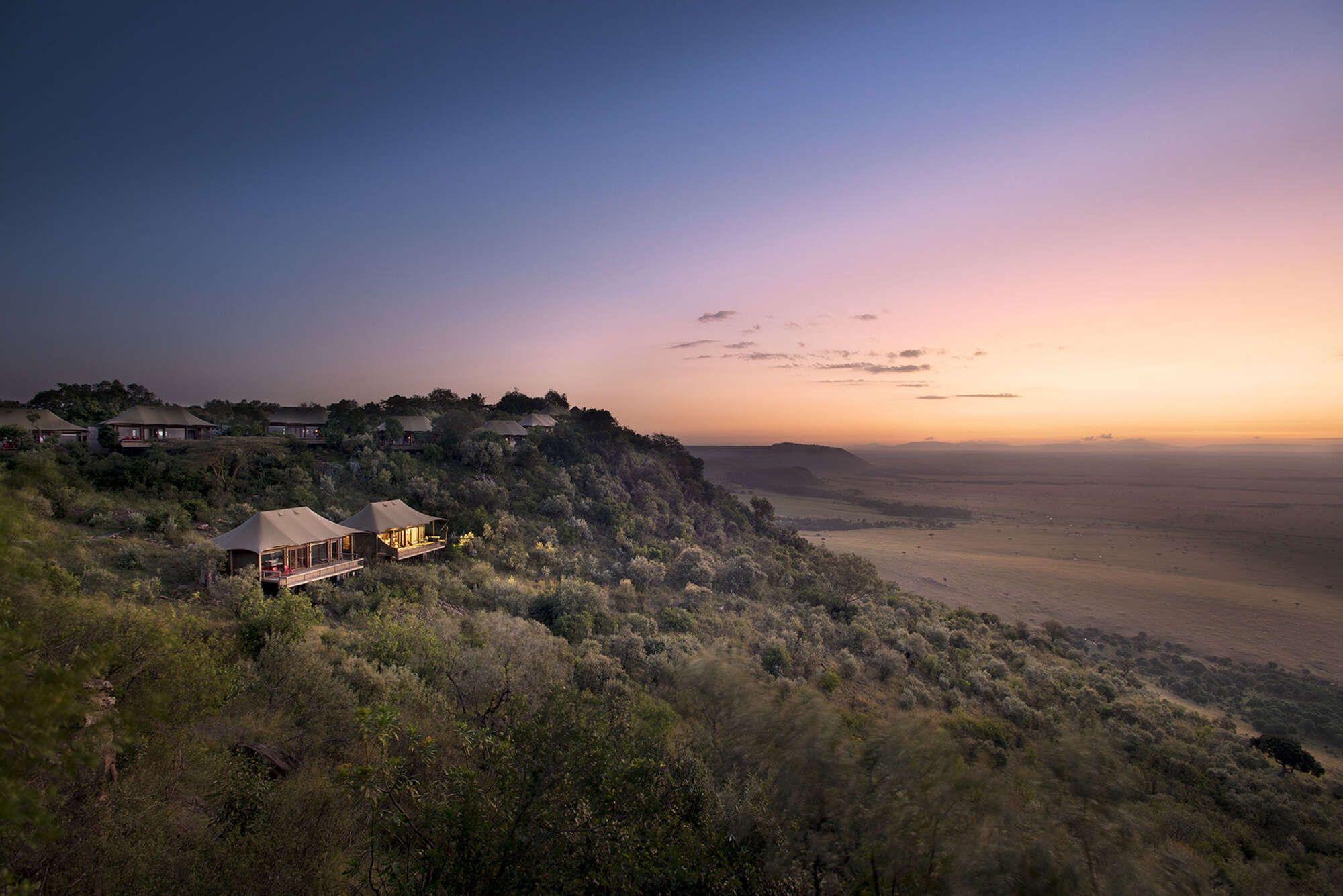
Angama Mara
Angama Mara is a top-end luxury tented camp on the Siria-Oloololo escarpment of the Maasai Mara ecoystem, just above the Mara Triangle sector of the Maasai Mara National Reserve.
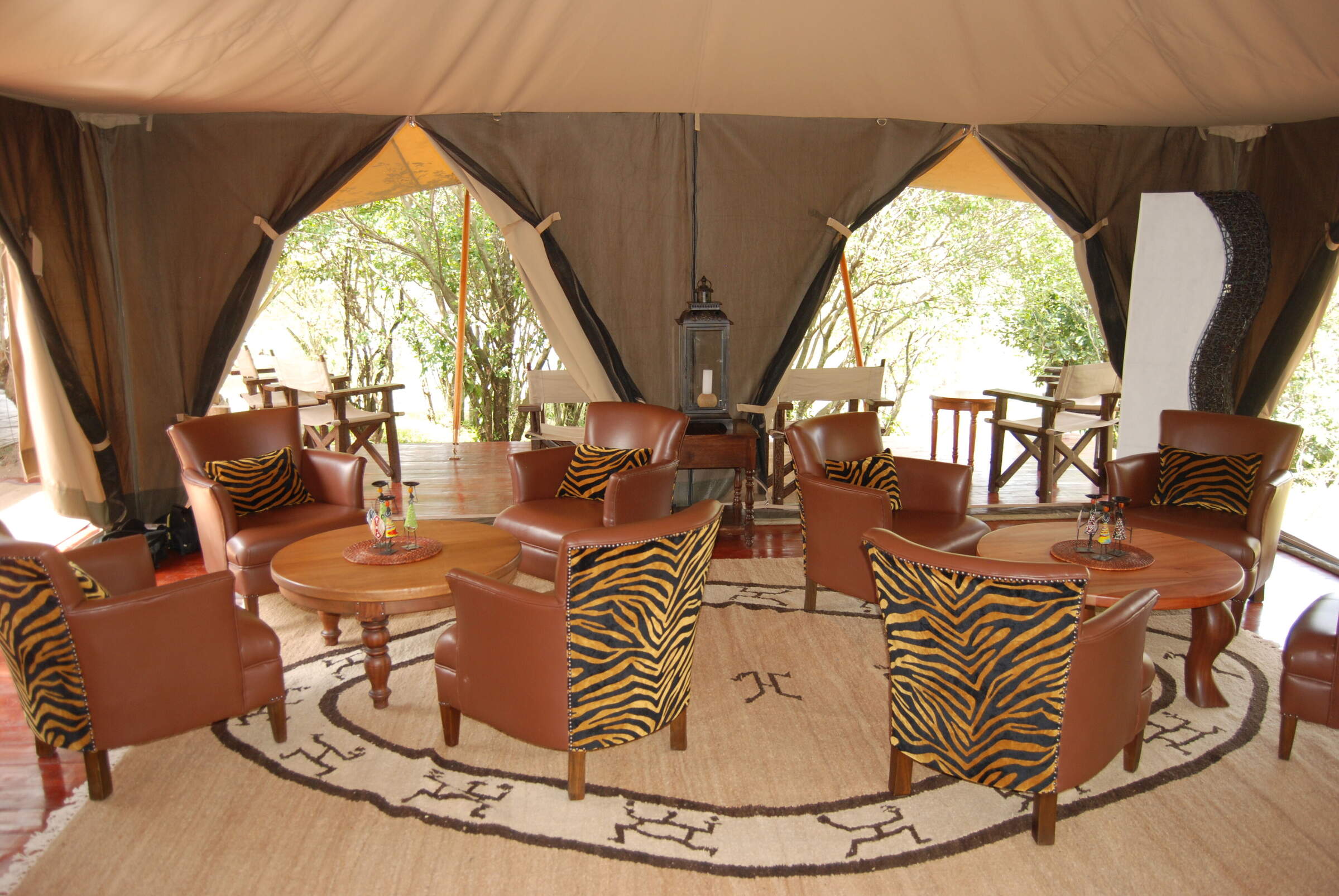
Ngenche Safari Camp
Mara Ngenche is a non-hosted, luxury tented camp with an antique style, which is perfect if you're looking for private dining while staying somewhere small and personal.
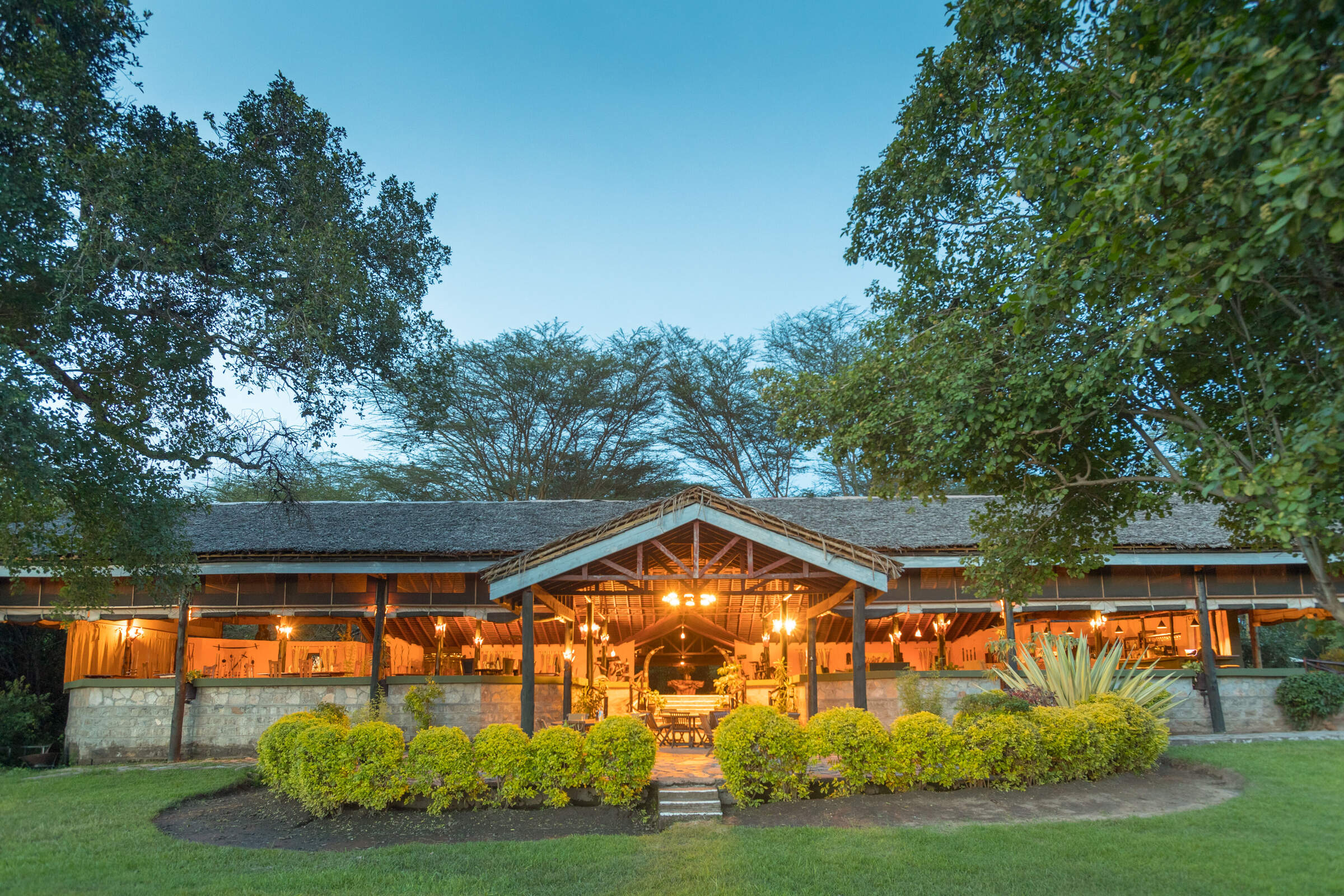
Tipilikwani Camp
Tipilikwani Mara Camp is a larger, mid-range tented camp offering good value from its base on the Talek River just outside the Mara National Reserve.
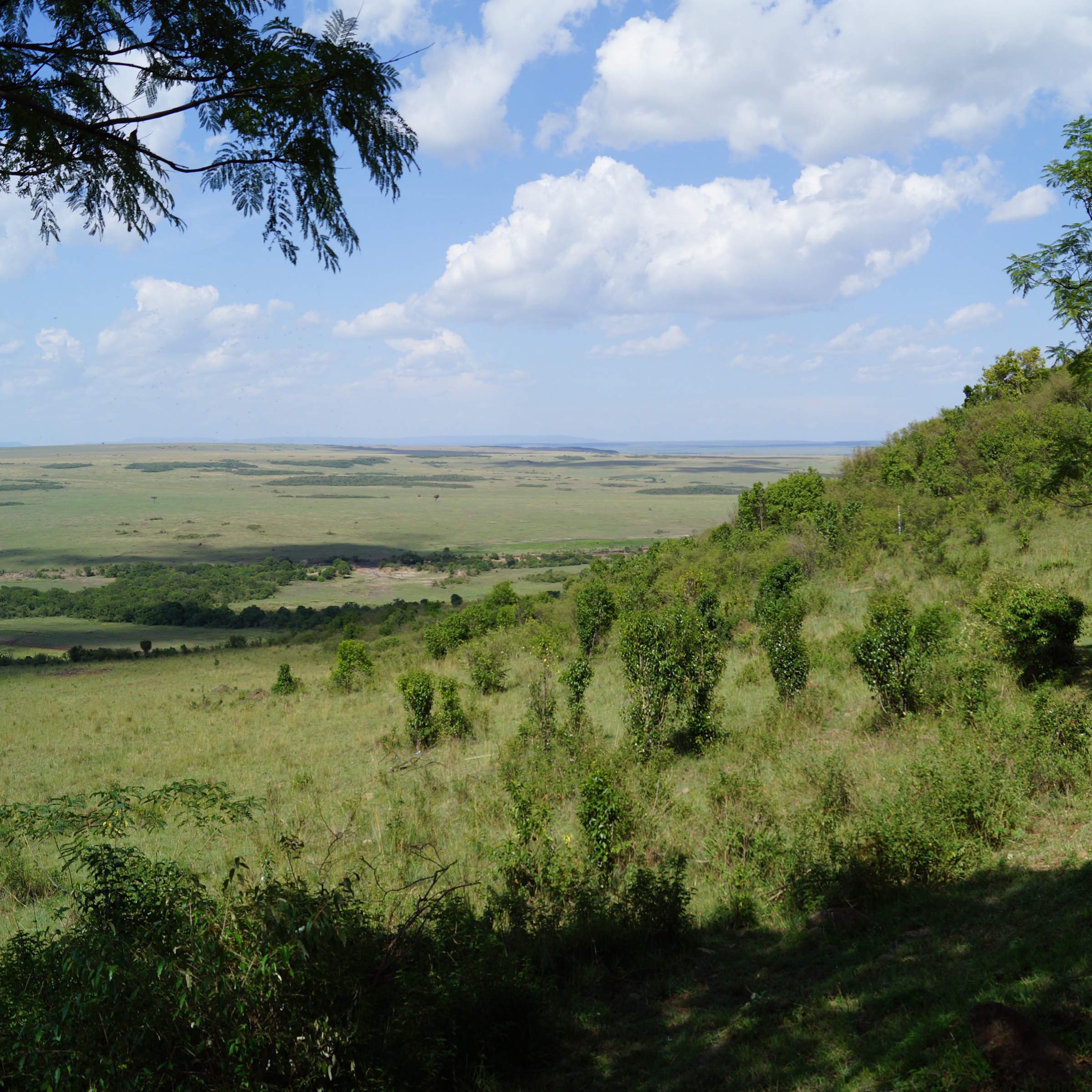
Mara Serena Safari Lodge
Mara Serena Safari Lodge is a large safari hotel with views of the Mara River, in the Mara Triangle sector of the Maasai Mara National Reserve.
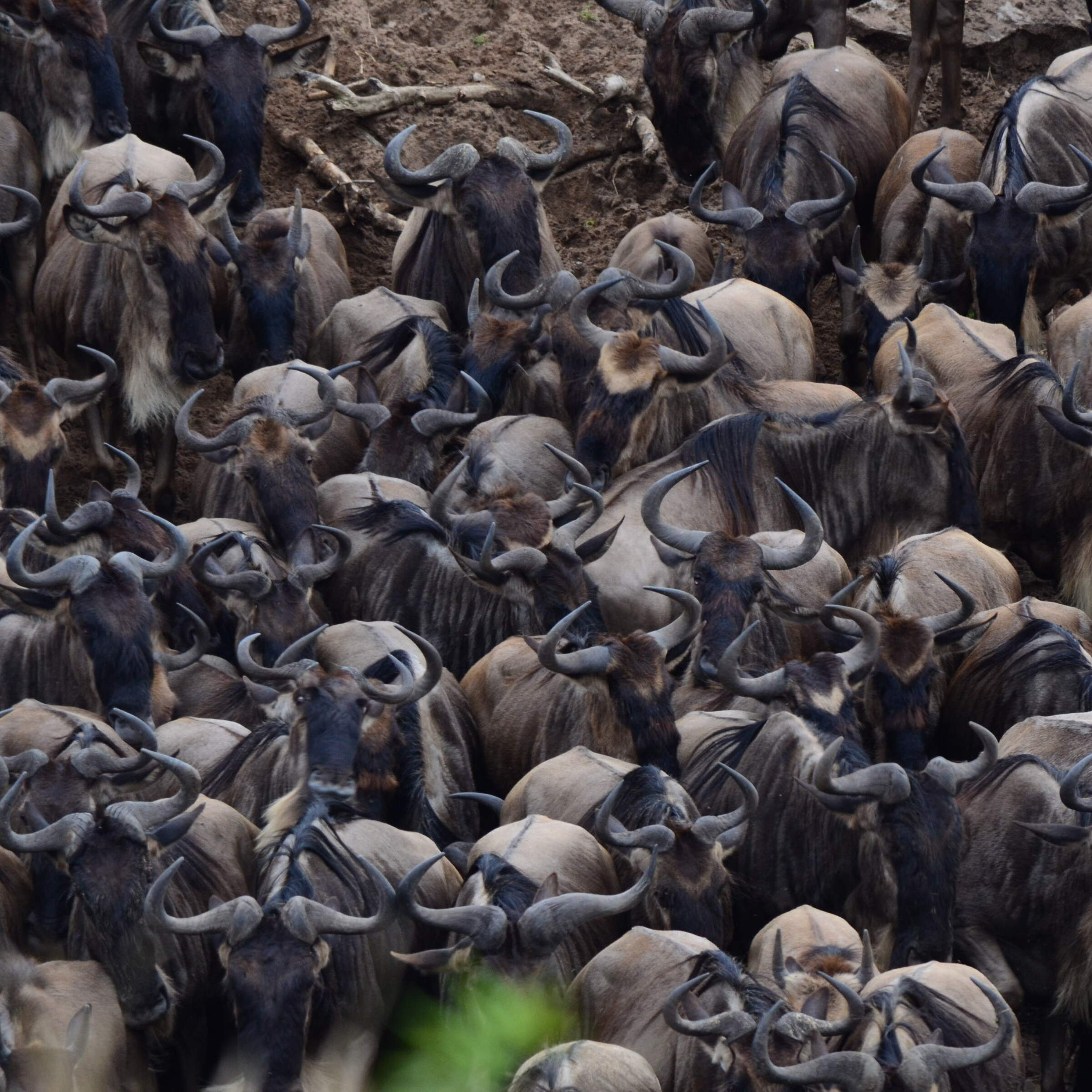
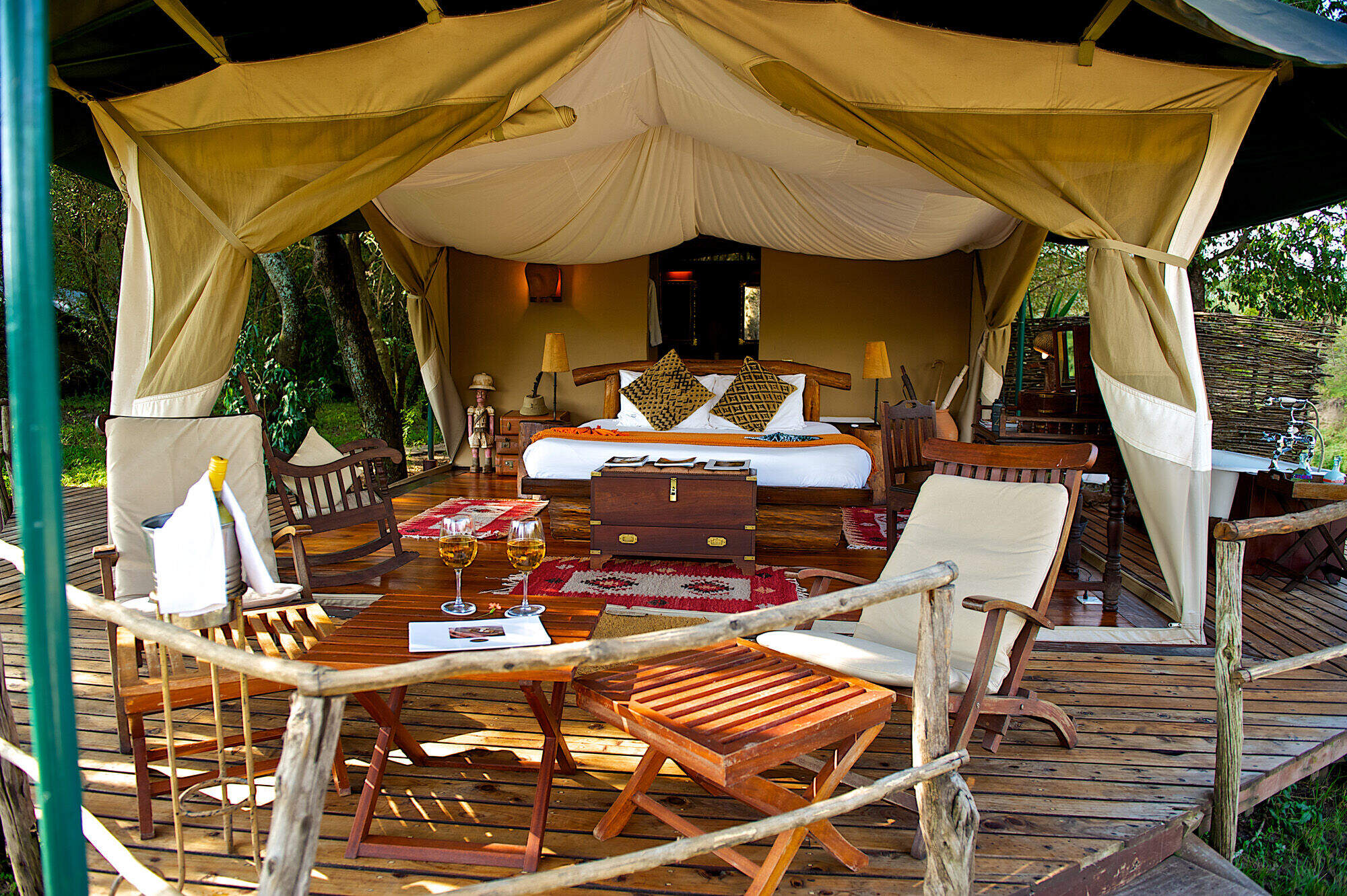
Mara Explorer Camp
Mara Explorer is a smart tented camp is in a scenic location on a bend in the Talek River.
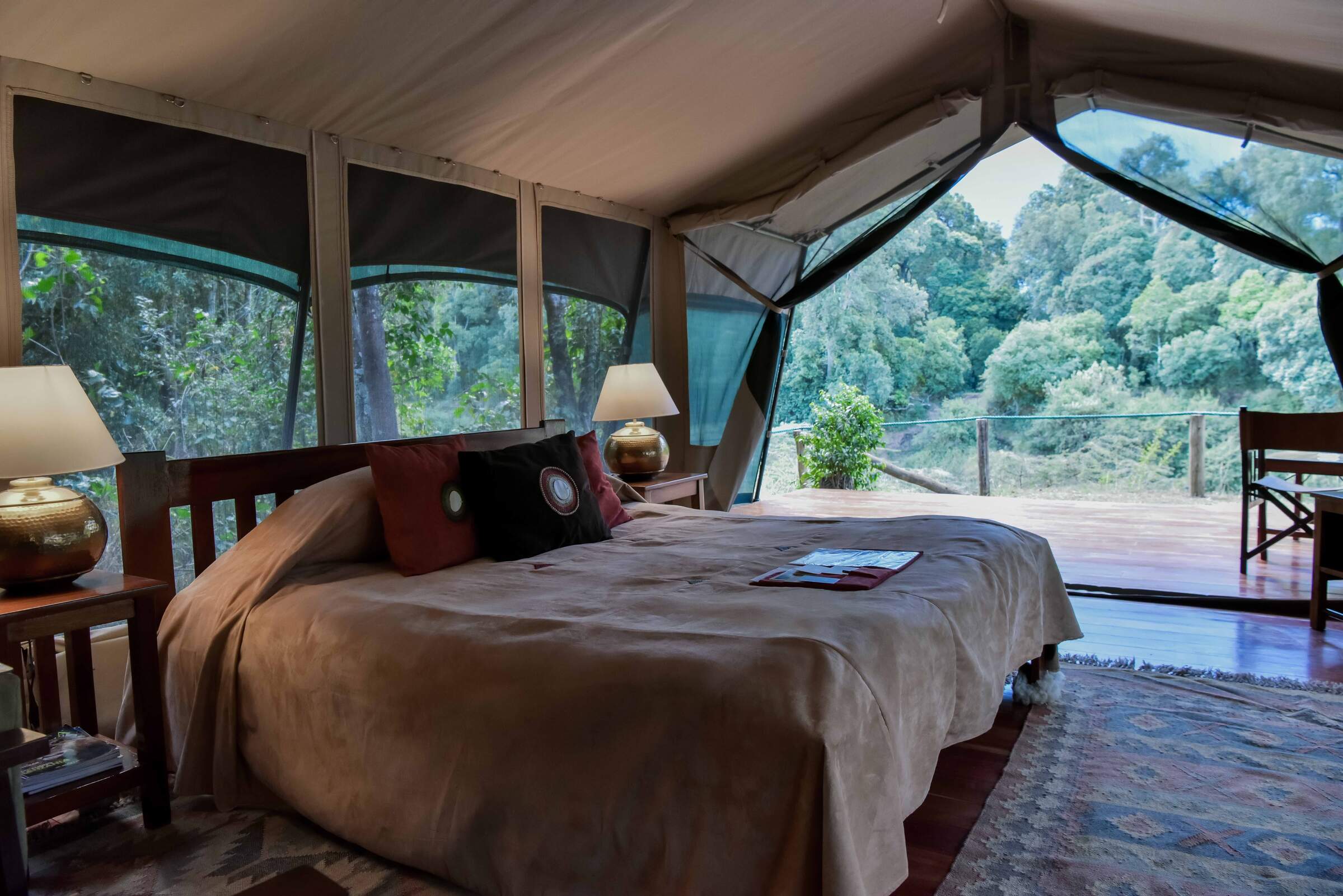
Governors' Private Camp
Located on a secluded bend of the Mara River, Governor’s Private Camp has just eight tents and is booked on an exclusive basis.
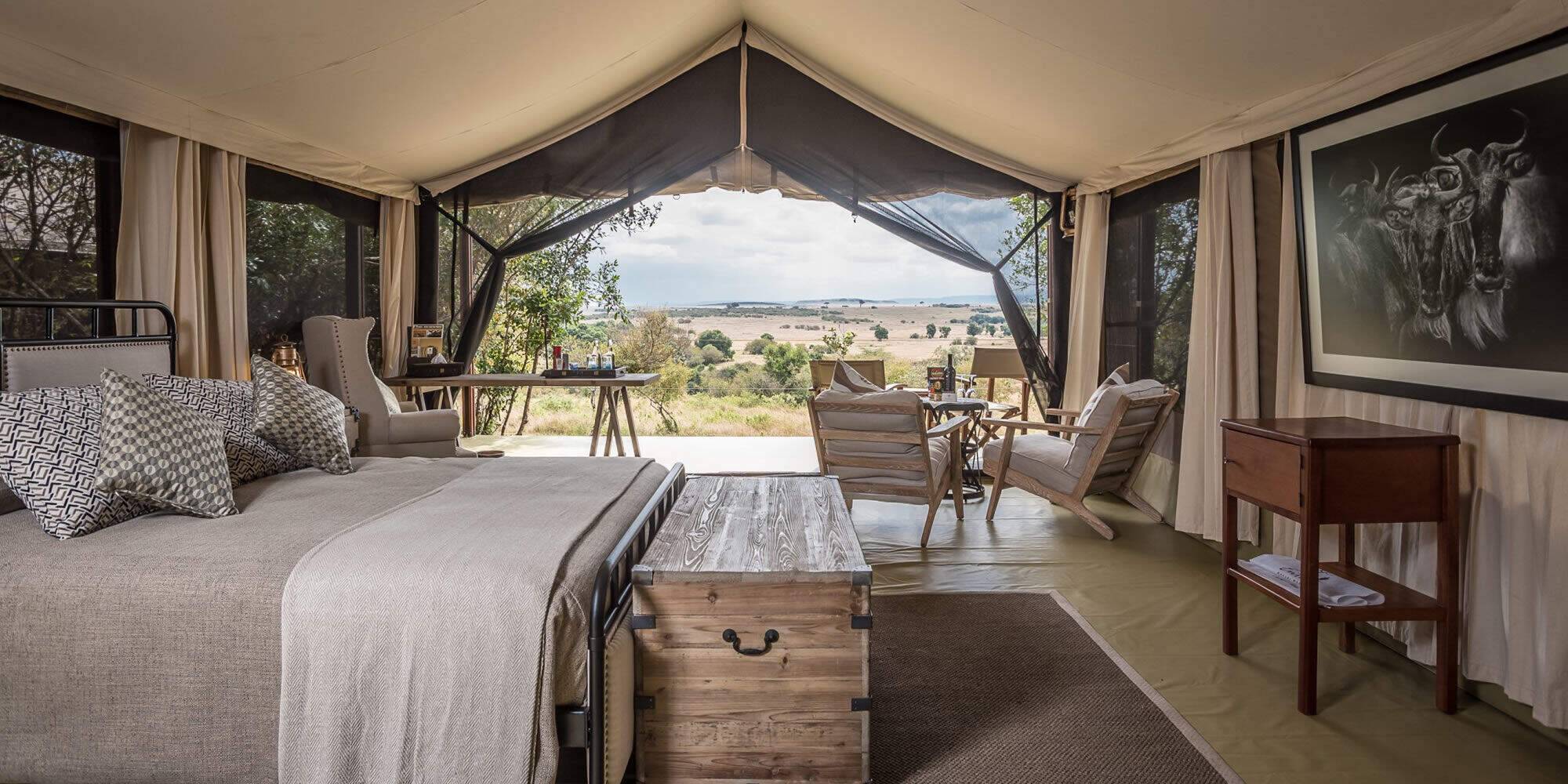
Entim Camp
Entim Camp is well located in the heart of the Mara National Reserve, offering traditionally styled tented accommodation.
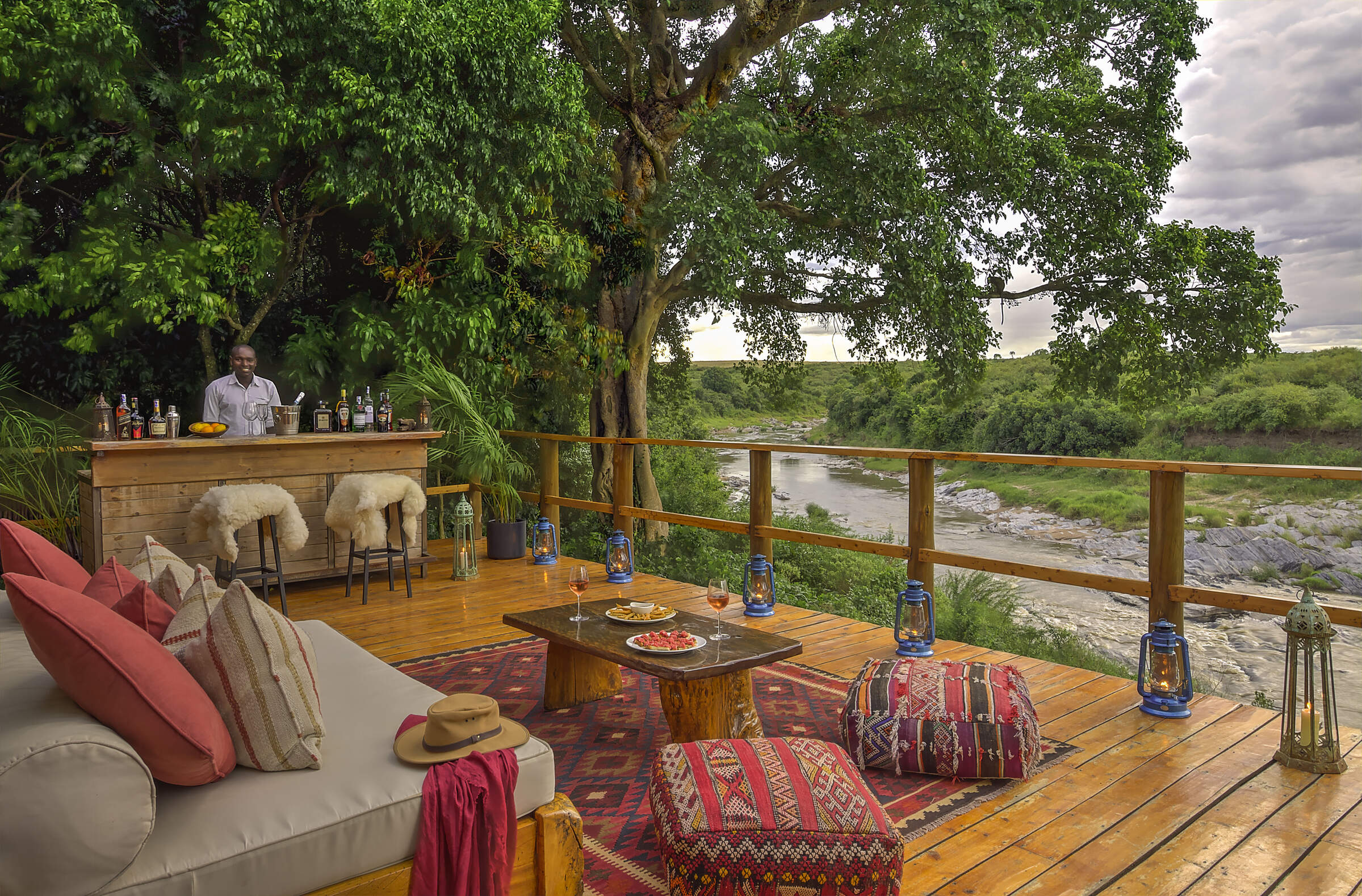
Naibor Camp
Naibor has a great location in the Mara reserve, and offers accommodation to suit different budgets, with stylish high-end tents and some simpler ones too.
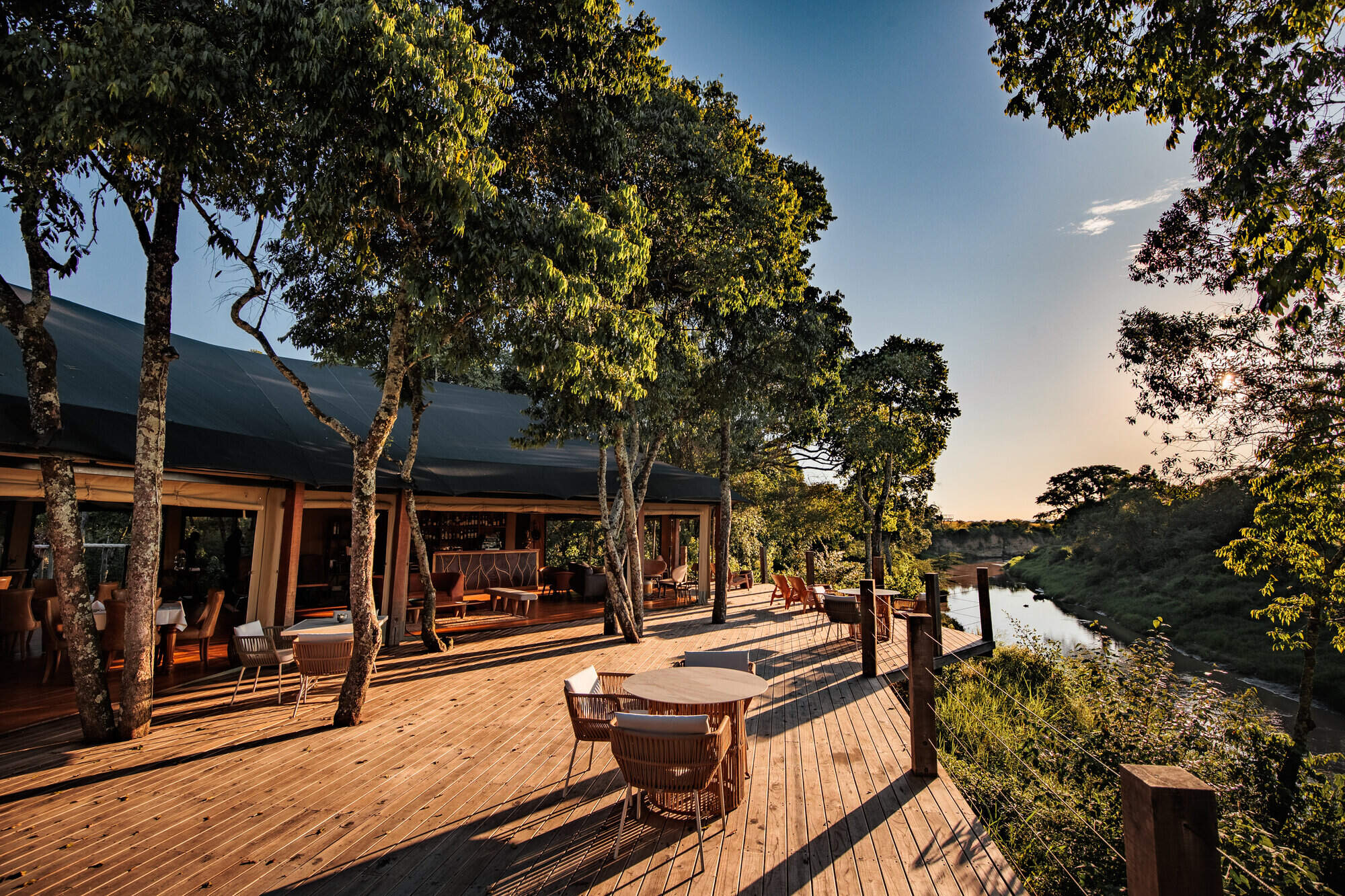
Ishara
Ishara is a highly luxurious safari camp in the Maasai Mara, located on the Talek River, which is one of the best areas in Kenya for wildlife.
Our travellers’ wildlife sightings in Maasai Mara
This is their success for sightings in Maasai Mara National Reserve. Click on a species for more detail. How we work this out.

100% success

100% success

100% success

99% success

99% success

99% success

97% success

89% success

84% success

79% success

64% success

35% success

17% success

7% success

2% success

0% success
When to go to Maasai Mara National Reserve
Our month by month guide: What it's like to visit Maasai Mara in Kenya
Jan
Feb
Mar
Apr
May
Jun
Jul
Aug
Sep
Oct
Nov
Dec
Kenya in January
Clear, hot days and warm nights make this high season a popular time for safaris and it’s also good for diving and snorkelling as water clarity is excellent and gets better as the dry season progresses. Most lodges and tented camps treat January after the New Year week is over, as mid-season, making it a good compromise in terms of value for money with reasonably reliable, dry weather and some greenery left in the landscape.
Expert Africa bases its description of climate and weather in January, like the other months of the year, on the climate records of roughly the last 100 years, and it's fair to say that the weather and seasons since the beginning of this century have been highly irregular and unpredictable.
- On average, January is the second driest month of the year
- Elephants dig waterholes in the dry riverbed in the Samburu reserve.
- Wildebeest and many antelope have their calving season, to February.
- Migrant birds are seen in huge numbers, especially in the Rift Valley.
- Sea water clarity around the coral reefs generally good.
Our view
Fantastic: the very best time to visit
Weather in January
Kenya in February
With the short dry season well established, the grass grazed down and wildlife gathering close to water points, this is still a good time for a safari. Good water clarity in the Indian Ocean's coastal waters makes for excellent diving and snorkelling conditions.
Expert Africa bases its description of climate and weather in February, like the other months of the year, on the climate records of roughly the last 100 years, and it's fair to say that the weather and seasons since the beginning of this century have been highly irregular and unpredictable.
- On average, February is the driest month of the year.
- It’s sometimes possible to swim with whale sharks at Diani Beach.
- Migrant birds are still seen everywhere, especially near water.
- This is usually peak calving season for wildebeest and many antelopes.
- This month is often the hottest of the year, especially on the coast.
Our view
A very good time to visit
Weather in February
Kenya in March
Hot, increasingly humid weather – with good diving and snorkelling conditions at the start of the month – gives way to rains and lower accommodation costs. Expert Africa bases its description of climate and weather in March, like the other months of the year, on the climate records of roughly the last 100 years, and predicting the seasons since the beginning of this century has been difficult.
March is the month when – traditionally – intensely hot conditions build up until a cloudburst finally happens at the end of the month or in early April, to relieve the humidity. As ever, regional variations across the country can greatly impact on visitors' experiences.
- Sea-water clarity is best for diving before the long rains start.
- Visitor numbers are low, though the Easter holidays can be busier.
- Night skies can be scintillatingly clear in early March.
- Cropped down savannah grasses can make it easier to see the wildlife.
- Temperartures climb high, especially at lower elevations.
Our view
A good time to visit, with pros & cons
Weather in March
Kenya in April
April sees the full onset of the southeast monsoon wind or kusi, which heralds the long rains. Temperatures drop soon after the rains are established and you’ll often have facilities largely to yourself in this more affordable low season, sometimes known as the "green season". The bush quickly springs to life, with greenery sprouting almost before your eyes. While you're likely to get a fair number of heavy showers, the breaks in the rain can yield sparklingly clear conditions.
With the dust settled and bright sun piercing the clouds, conditions can be sublime for photography, especially first thing in the morning or in the late afternoon with another storm brewing. You may be lucky, or you may find conditions very wet and muddy.
- A wet month, the coast often gets more than 300mm (12in) of rain.
- Sunny spells can provide great light for photography.
- Buffalo and zebra calving season often happens in this month.
- Baby crocodiles hatch, for example on Central Island in Lake Turkana.
- Palearctic migrant birds gather to fly north to breeding grounds.
Our view
A time to avoid if possible
Weather in April
Kenya in May
While game viewing can be trickier as vegetation runs riot, between the cloudbursts the colours and light are great for photography at this time of year. Expert Africa bases its description of climate and weather in May, like the other months of the year, on the climate records of roughly the last 100 years, and while it's reasonable to expect heavy rains in many parts during this month, especially on the coast, the rains don't always come evenly or in some areas come at all.
In an El Niño year, the so-called long rains that normally are established across much of the country by May can be meagre, to the despair of farmers. On the other hand in a La Niña year, the long rains can bring floods. On the coast, the monsoon winds make the climate much more predictable, with heavy rains common throughout this month.
- Frogs breed in the ponds in the Arabuko Sokoke Forest near Watamu.
- Wildebeest, impala and other grazers are in rut (the breeding season).
- Kilimanjaro looks its best as heavy rain falls as snow on the summit.
- There's a sharp peek of rainfall on the coast with many rainy days.
- Accommodation prices are uniformly low, while some camps close.
Our view
A time to avoid if possible
Weather in May
Kenya in June
The rains give way to cloudy, cooler weather, often making for comfortable conditions by the end of the month, especially in the highlands. Starting from mid-June or the beginning of July and running until the end of October, this is the high season, and accordingly has higher accommodation rates and – at least until early September – higher numbers of visitors.
While the early part of June can often be rainy on the coast, it can be a great time to go on safari, with fresh greenery, many young animals and good photographic conditions with clear air.
- The Taru Desert, inland from the coast, is carpeted with flowers.
- The Lake Turkana Cultural Festival is held in Loiyangalani.
- Madaraka Day (commemorating self rule) is 1 June.
- The annual Lewa marathon runs a course through the wildlife.
- The Diani Rules "sports" event rips up the rulebook at Diani Beach.
Our view
A good time to visit, with pros & cons
Weather in June
Kenya in July
Kenya’s “winter" season sets in (winter is a misnomer but locals feel the change), and the highlands can be rather grey. Skies are often cloudy and the days can be surprisingly cool, with an average daytime high in many highland safari areas of 15-20°C and night-time temperatures dropping below 10°C in Nairobi and the highlands. Lower parts of the country and the coast are usually warm and dry, typically reaching highs of around 25°C with lows in the high teens.
As this is the start of the high season, coinciding with the usual arrival of the wildebeest migration in the Maasai Mara, July is a busy month. Ask your Expert Africa specialist to advise on how to avoid the crowds, which is not that difficult to do.
- The wildebeest migration usually reaches the Maasai Mara in July.
- Simbi Lake (Kisumu) and Crater Lake (Naivasha) can attract flamingoes.
- Watersports start to pick up and some surfing is possible at Malindi.
- Afternoon thunderstorms are a common feature in the Maasai Mara.
- The sea can be choppy along the coast, making diving difficult.
Our view
A good time to visit, with pros & cons
Weather in July
Kenya in August
The Great Migration fills the plains of the Maasai Mara, and school’s out, so the park roads are full of tourists – ask your Expert Africa specialist for advice on crowd avoidance tactics. Choose a private conservancy rather than a public national park or national reserve for quieter conditions.
Like July, August is generally mild and relatively dry in the safari areas, but it can be very chilly in the highlands, even in the middle of the day, and hail occasionally falls above altitudes of around 2,400m (8,000ft). Nairobi can be disappointingly overcast, with low cloud.
- Apart from Christmas holidays, this is the busiest month of the year.
- Late August sees peak wildebeest drama at the Mara River crossings.
- Coastal winds are good for kite- and wind-surfing.
- Few mosquitoes are around at this generally dry time of year.
- The annual Camel Derby takes place in the Samburu capital, Maralal.
Our view
A good time to visit, with pros & cons
Weather in August
Kenya in September
The skies clearing of cloud signals the start of hot, dry weather with little chance of rain – and, after the first few days of the month, far fewer visitors – making the latter part of September a good time for a quieter safari. While early September is often good for dramatic migration crossings along the Mara River, you might consider deliberately postponing your trip until later in the month, when the migration can still be very impressive and visitor numbers fewer.
If tourist surges are somewhat predictable, however, the patterns of the wildebeest migration are more volatile, and like all of Expert Africa's climate and weather assessments, they are based on accumulated years of experience rather than guaranteed certainty.
- This is still high season, with prices to match.
- Many river crossings take place on the Mara river in both directions.
- Natural bush fires flush out insects and small animals for predators.
- The Rift Valley Music Festival takes place by Lake Naivasha.
- With school holidays over by early September, late-month is quieter.
Our view
Fantastic: the very best time to visit
Weather in September
Kenya in October
Still hot, mostly dry and not too busy, this is many people’s preferred month for a safari, and it’s also good for diving and snorkelling. The wildebeest and zebra herds of the great migration are often still to be seen, though in dwindling numbers. The swamps of Amboseli attract thirsty wildlife including large herds of elephants.
While we wouldn't expect much rain across most of the country this month, the climate has become so unpredictable that you can never say never, and the possibiity of the short rains – usually associated with November to mid-December, starting early, can't be discounted.
- This month sees the tail end of the great migration in the Mara.
- Palearctic migrant birds start to arrive, staying until March.
- Turtle nests hatch at Watamu, until November.
- Amboseli elephants focus on the swamps for their daily water.
- The Indian Ocean monsoon winds turn from southeast to northeast.
Our view
A very good time to visit
Weather in October
Kenya in November
The northeast monsoon wind or kaskazi heralds the start of the “short rains", usually some time in the second half of the month. From November to mid-December, this is the low season, and accordingly has lower accommodation rates and lower visitor numbers. Across most of the country you can expect warm, somewhat cloudy weather, with occasional heavy showers and localised flooding.
Expert Africa bases its description of the climate in November, like the other months of the year, on the records of roughly the last 100 years, and it's fair to say that the seasons since the beginning of this century have been highly irregular and unpredictable: some years the short rains don't come at all, or don't reach every part of the country. In an El Niño year, the November short rains can be very heavy, but in a La Niña year, they can fail completely.
- Swimming with dolphins in Lamu can be done from now until April.
- Birders gather at Ngulia in Tsavo West to ring Palearctic migrants.
- The Lamu Cultural Festival takes over the town and Lamu Creek.
- Agricultural shows often take place regional market towns.
- This is low season, so camps can be great value, with special offers.
Our view
A good time to visit, with pros & cons
Weather in November
Kenya in December
In a typical December, the rains usually finish by middle of the month, leaving the landscape looking its best, under clear blue skies, and heralding the start of the second peak tourist season from around 20 December to the first week of January. Our assessment of the likely weather in December, like the other months of the year, is based on climate records, and it's fair to say that the seasons since the beginning of this century have been highly irregular and unpredictable.
Christmas can sometimes be wet, but most years the rains have finished a week or two earlier, with the festive season ushering in the perfect combination of clear skies and sunshine by day and starry nights.
- Christmas and New Year are busy, with the lodges and camps full.
- Rates are highest after 24 Dec, with supplements on public holidays.
- Republic Day and Independence day are celebrated on 12 December.
- Good kite- and wind-surfing restarts, with strong northeasterly winds.
- Mango season begins, providing excitement for primates and elephants.
Our view
A good time to visit, with pros & cons
Weather in December
Maasai Mara National Reserve: In Detail
Maasai Mara National Reserve
The Great Migration
This movement, the Great Migration – now billed as one of the natural wonders of the world – is in reality one phase in a continual cycle of nomadic pasture-seeking, mating, calving and more pasture-seeking, that sees the majority of the herds ever on the move, according to the onset of the seasonal rains, the rise and fall of the river waters and the growth of the rich oat grass and other pastures. See our month-by-month migration page to get an idea of how the migration works.
Although wildebeest often form lines while moving towards the scent of better grazing, and tend to follow each other's footprints and paths, there is no specific migration 'route'. Huge numbers cross the Mara River in Tanzania and head north into the western part of the Maasai Mara National Reserve (the Mara Triangle), from where they may then turn right and cross back over the Mara into the Musiara or Sekenani sectors of the reserve. Others, in their hundreds of thousands, head north into the Maasai Mara's Sekenani sector across the shallow Sand River, and then turn left to cross the Mara or Talek rivers. The herds swarm far into the north where they spread out across the conservancies and they cross and re-cross the rivers, drawn by fresh pasture and driven by herd instinct and the threat of predators, especially to young and weaker animals.
It’s true that the migration is an awe-inspiring experience, and you shouldn’t be in any doubt that, as a consequence, the Maasai Mara region tends to be very busy, with well over 100 camps and safari lodges across a total area of around 3,000km². The migration season, from July to October, can see some Maasai Mara lodges and the more popular tented camps booked solid and dozens of safari vehicles angling for position at key wildebeest crossing points. To get the most out of a visit we recommend you don’t focus exclusively on the migration: there are always ways to avoid feeling too crowded and a safari to the Maasai Mara is rewarding at any time of year.
The Maasai Mara National Reserve and the Mara Conservancies
The Maasai Mara is just one part of the Serengeti-Mara eco-system (or Greater Serengeti eco-system) that stretches from the Mau Escarpment above Kenya’s Rift Valley to the Ngorongoro Crater in Tanzania. In Kenya, the Maasai Mara National Reserve itself is split into three areas, divided by the Mara and Talek rivers: the Mara Triangle, between the Oloololo Escarpment and the Mara River; the Musiara sector, between the Mara and Talek rivers; and the Sekenani sector south-east of the Talek and Mara. The Mara Triangle is run by an excellent conservation trust, and the rest of the reserve by Narok County Council.
Outside the Maasai Mara National Reserve lie the exclusive wildlife conservancies. Expert Africa offers a selection of safari camps in both areas: read about the wildlife conservancies here. Remember that none of these areas are fenced. The Mara region’s few fences are used to keep people and livestock safe rather than to enclose the free-roaming wildlife.
Maasai Mara Safaris
If you can accept the fact that you won’t have every moment to yourself during peak season, then you can maximise your chances of seeing a crossing by including a stay in a tented camp close to the stretches of river where they usually take place – we offer the three Governors’ camps on the Mara and Rekero and Naibor on the Talek, close to its confluence with the Mara. Alternatively, choose a camp in one of the conservancies – a little further away from what can sometimes feel like a bit of a circus – and make game drives into the reserve and down to the likely river crossing areas when you’re in the mood, and use other game drives to plough your own furrow in the peaceful reaches of a private conservancy, where you’ll still see masses of wildlife, including often vast numbers of wildebeest during the migration season, but you’ll rarely come across more than one or two other vehicles.
Lastly, don’t forget, when you’re on a game drive, the way you spend your time is very much up to you and your fellow passengers. If you have the vehicle for your own party, which can often be the case out of peak season, it’s important to let the driver-guide know what you’d like to see, and where you’d like to go. All driver-guides will attempt to show you a good range of wildlife, but you shouldn’t hold back from requesting particular species or locations if you have your own preferences. Guaranteeing a vehicle with a driver-guide for your exclusive use usually costs extra, but many camps will aim to give you a private vehicle if the camp isn’t full – for precisely this reason that it gives you the maximum freedom to follow your own interests.
The Maasai
Maasai by any other name
How you spell the name “Maasai" is often a topic of robust debate on safari – especially when you’re into your third Tusker around the camp fire. Apart from misunderstandings like 'Massamara' and 'Massimari', some people like to claim there are different spellings for the people and the reserve. It’s true that when the reserve was first demarcated in the 1940s, the common spelling was ‘Masai’ – as indeed it had been since Joseph Thomson first walked Through Masai Land in 1883, a double-a spelling being unknown in the English language. The ‘Masai’ spelling preceded the first attempt to write down the Maasai language, Maa, which uses standard international rules for a long “a". These days, while the double-a spelling is increasingly the standard form, it’s simply a convention, and arguably no more correct than spelling colour with a ‘u’.
Balloon flights in the Maasai Mara
Wildlife safaris in the Maasai Mara
Big Cats
Finding a pride of lions (there are some 400 lions resident in the reserve and neighbouring conservancies) is normally relatively easy – and high on most visitors’ must-see lists. Leopards are also seen increasingly often, and good sightings of cheetahs can be expected. Adult individuals of all three big cats are generally known by name to the driver-guides who frequent their territories, especially in the busier parts of the reserve, while even in the conservancies, which are increasingly good for lion-watching, predator research projects have identified most lions by their whisker marks and other facial characteristics.
Other predators
Other predators regular seen throughout the reserve and conservancies include fascinating spotted hyenas (rarely bothered by human observers and compelling in their social interactions) black-backed and side-striped jackals, and cute pairs of bat-eared foxes. With luck, you may also see a serval – a lanky, striped and spotted cat of tall grass and bush, adept at catching small mammals and birds.
The rarest predator of the Maasai Mara, the wild dog, is a beautiful, nomadic pack animal. At one time almost extinct in the region, one or two packs (and what appear to be smaller scouting parties of two or three individuals) are being seen in many areas, though still not on a regular basis. But they are beginning to den in the region, meaning they’re back to stay.
Elephants and rhinos
The Mara has hundreds of elephants ranging across the region and you’ll rarely go for more than one or two game drives without seeing them. Large numbers of them (there are currently around 1500) are a relatively recent phenomenon, dating back to the 1930s when the colonial government largely eradicated them from the Lake Victoria region and survivors migrated east into the Mara basin where they have been instrumental in opening up the landscape, creating grassland where there was much thicker bush in the past.
By contrast with the large number of elephants you’ll see on a Mara safari, black rhinos have been extremely scarce since the 1970s, and their long breeding cycle and nervous disposition means that recovery is taking decades. There are thought to be between thirty and forty rhinos scattered across the national reserve (so far none have been seen in the conservancies), mostly tucked into dense bush areas near remote stretches of river.
Plains game
The open country of the Mara plains, grooved by bush-fringed luggas, or seasonal streams, is where you get those classic East African panoramas of multiple species on the horizon, and quite often the spectacular sight of wall-to-wall wildlife in every direction – magnificent giraffes loping between the acacia trees, seeking the choicest tips that only they can reach; smartly turned-out topi antelope, most with their heads down in the grass, a few standing sentry, combining lookout and harem defence duties; big herds of heavy, black buffalo moving through the bush like squadrons of battleships; feisty mobs of quarrelsome zebras scampering across the plains; and scruffy-looking wildebeest, with their mad-eyed gaze and nervous body language, that always look like the anxious, walking lions’ lunches that they are.
Among these are dozens of other, equally worthy, species – Thomson’s and Grant’s gazelles (learning the difference is something you’ll do on your first game drive); massive eland with their straight horns and dewlaps; leaping impala that almost float through the bush; waterbuck, bushbuck, duiker and dik-dik; ungainly, orange hartebeest; troops of baboons and vervet monkeys; and families of busy warthogs, tails erect, always running away.
Seeing a kill on safari
Every one of these hundreds of thousands of grazers and browsers ends up meeting a grisly, if usually fairly swift, end in the jaws of a predator – or often enough the jaws of a noisy group of predators. (The only exception to the predation rule is probably the elephant, which dies when its sixth and last set of teeth finally wear out and it can't feed properly.) Death on the plains is a common occurrence and seeing a kill is something that quite a few visitors experience. It’s important not to interfere with predators when they’re hunting – or afterwards when several species may be fighting over the spoils – which means you’ll have to rely on a good lens to get close to the action. Cheetah are particularly vulnerable to disturbance: they only eat what they have killed themselves, unlike most other predators which also engage in scavenging.
Wildebeest crossings
During the wildebeest migration, it’s the river crossings that regularly produce the most gut-wrenching dramas of life and death. Heavy rains on the Mau escarpment can see the Mara river in spate at the peak of the migration season. The river has cut a deep channel through the Mara’s soft, black cotton soils and its steep, crumbly banks can make the crossing treacherous for the herds. The Mara’s huge Nile crocodiles gorge themselves during this period, snatching flankers from the edge of the main column. Sometimes dozens of dead wildebeest are washed up on the banks, where a macabre posse of vultures, marabou storks, hyenas and crocodiles picks over the spoils.
Hippos
The Mara’s hundreds of hippos tend to keep well out of the way while all this is going on. Submerged in quieter meanders, they’re easy to see all year round, and can also be spotted out on the river banks and sand bars, especially early in the morning, when you may be treated to some hippo comedy routines while you eat your bush breakfast.
Birdwatching in the Maasai Mara
History of the Maasai Mara
In 1948, the area that is today the Mara Triangle, was declared a game reserve and it was extended east of the Mara River in 1961, when the rules on hunting were further extended (and the lion population east of the river was counted at nine). The present shape of the national reserve was fixed in 1984.
The Mara wildebeest herds have fluctuated hugely, from perhaps 250,000 after World War II to as many as 1.3 million in the late 1970s, and perhaps half that today. Whether the general wildlife declines note in recent years are a long-term decline or a periodic dip, or just indicate that more of the wildlife is moving out of areas where it can be easily counted (into the conservancies for example, which seems very likely) are moot points.
Maasai Mara landmarks
Map of Maasai Mara National Reserve
Choices for where to stay in Maasai Mara National Reserve

Maasai Mara National Reserve: Safaris
Kenya's best wildlife region is justly famous for its extraordinary annual wildebeest migration - when several hundred thousand wildebeest stream north across the plains from Tanzania into Kenya on the scent of better pasture. Our tented camps inside the Maasai Mara National Reserve will put you in the perfect location to experience this humbling natural phenomenon. We can't promise you'll have the plains to yourself during the migration season, but you will have your choice of some of the finest camps in Kenya, several of which have superb riverside settings.

The Highlights of Africa
17 days • 7 locations
CAPE TOWN AIRPORT TO KIGALI AIRPORT
An epic adventure taking in some of Africa’s most incredible sights and wildlife experiences, from Cape Town to the Okavango Delta, Victoria Falls, the Maasai Mara and an encounter with mountain gorillas.
US$16,390 - US$19,790 per person

Gorillas and Maasai Mara Safari
9 days • 3 locations
KIGALI AIRPORT TO NAIROBI AIRPORT
This trip combines two of Africa's most unforgettable wildlife experiences – Rwanda's mountain gorillas and Kenya's Maasai Mara.
US$11,400 - US$13,510 per person

Martial Eagle Fly-in Safari
9 days • 3 locations
NAIROBI AIRPORT TO KILIMANJARO AIRPORT
This stylish fly-in safari visits two of Africa’s most iconic parks, the Maasai Mara National Reserve in Kenya and Tanzania's Serengeti National Park.
US$12,720 - US$17,740 per person

Steppe Eagle Fly-in Safari
7 days • 2 locations
NAIROBI AIRPORT TO NAIROBI AIRPORT
Two comfortable tented camps overlooking the Ewaso Nyiro and Mara River put you at the heart of the action. Experience spectacular diversity in species and habitat with safari in Samburu and the Masaai Mara National Reserve.
US$6,140 - US$9,310 per person

Greater Kudu Fly-In Safari
7 days • 2 locations
NAIROBI AIRPORT TO NAIROBI AIRPORT
Experience a truly authentic bush experience on this safari at two classic tented camps, in Laikipia and the Maasai Mara. These are some of the best places to spot wild dogs and big cats.
US$8,130 - US$9,080 per person

Rothschild Giraffe Safari
8 days • 3 locations
NAIROBI AIRPORT TO NAIROBI AIRPORT
A example of a luxury Kenyan safari, starting at the iconic Giraffe Manor before fabulous stays on the spectacular Solio Reserve and Sala’s Camp in a remote corner of the Maasai Mara.
US$12,650 - US$17,830 per person

Big Cat Fly-in Safari
8 days • 2 locations
NAIROBI AIRPORT TO NAIROBI AIRPORT
Combining two of Kenya’s best wildlife-viewing areas, this slow-paced safari to the Lewa Conservancy and Maasai Mara guarantees iconic wildlife. The long-established, well-rated camps are great value, too.
US$5,690 - US$8,850 per person

Golden Jackal Fly-in Safari
8 days • 2 locations
NAIROBI AIRPORT TO NAIROBI AIRPORT
A contrasting safari of a lodge and a tented camp, with action-packed activities in Laikipia and wildlife-filled game drives in the Maasai Mara, offers a consistently high-quality experience.
US$11,200 - US$14,130 per person
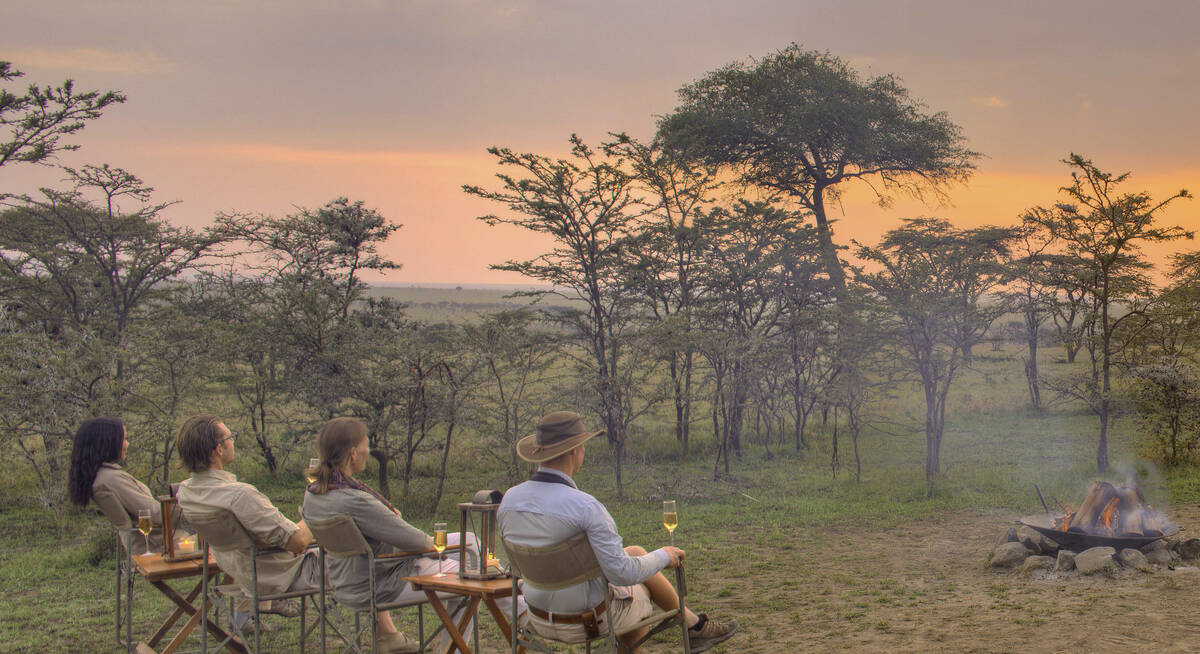
De Brazza Monkey Fly-in Safari
9 days • 3 locations
NAIROBI AIRPORT TO NAIROBI AIRPORT
Enjoy a range of activities in the remote wilderness of northern Kenya before exploring the wildlife-rich plains of the Mara ecosystem. Private vehicles and guides heighten the personalisation of this highly immersive safari.
US$13,540 - US$16,320 per person
0ur top 21 lodges and safari camps inside the Maasai Mara National Reserve
When deciding where to stay in the Maasai Mara ecosystem, don’t be unduly swayed by whether a lodge or camp is inside the reserve proper: the conservancies and group ranches outside the reserve have excellent wildlife-viewing and their own special features, and are often much less crowded than the busiest parts of the reserve. Ask us for more details of which camps are where, and what is likely to suit you best.

Little Governors'
Little Governors’ Camp sits by a swamp (an old oxbow of the Mara River) in the Mara Triangle sector of the Maasai Mara National Reserve. It has its own balloon-launching site.

Rekero
Rekero is an unpretentious, high-end safari camp, for travellers who take their wildlife watching seriously and are prepared to pay for an exceptional location.

Tangulia Mara
Tangulia Mara is a rustic and traditional safari camp on the border of the Maasai Mara National Reserve owned by Jackson Looseyia of Big Cat Diary fame.

Governors' Camp
Governors' Camp is a large tented camp on the Mara River and one of the oldest in the Mara region, dating from 1972. Although unfenced, and regularly visited by elephants, the whole compound is always busy with human activity.

Serian Nkorombo
Serian Nkorombo is a luxury bush camp in the Musiara sector of the Maasai Mara National Reserve on the east side of the Mara River.

Sand River Camp
Luxury colonial-style tented camp on the banks of the Sand River close to the Tanzania border – a great spot to see the wildebeest migration.

Sala's Camp
Sala’s Camp is a comfortable and intimate tented camp, with seven tented rooms, located on the banks of the Sand River, in the far south of the Maasai Mara National Reserve.

Governors' Il Moran
The smallest and most expensive of the three camps in the Governors’ group, Governors’ Il Moran Camp hugs a meander of the Mara River just 1km north of the main Governors’ Camp.

Mara Expedition Camp
Mara Expedition Camp is a small luxury camp located in a slightly elevated area of bush and woodland, just outside the Maasai Mara National Reserve.

Ngenche Safari Camp
Mara Ngenche is a non-hosted, luxury tented camp with an antique style, which is perfect if you're looking for private dining while staying somewhere small and personal.

Angama Mara
Angama Mara is a top-end luxury tented camp on the Siria-Oloololo escarpment of the Maasai Mara ecoystem, just above the Mara Triangle sector of the Maasai Mara National Reserve.

Basecamp Maasai Mara
Basecamp Maasai Mara is a family-friendly, award-winning eco-camp on a U-bend on the north bank of the Talek River, on the boundary of the Maasai Mara National Reserve.
Excursions in Maasai Mara National Reserve
Optional, extra day-trips and excursions that are possible while you’re staying in Maasai Mara National Reserve. Talk to us: these excursions are usually best arranged before you go.

Balloon flight over the Mara
3 hours in total - morning only
With the sun rising over the Loita Hills, you scramble into the balloon basket for the start of a once-in-a-lifetime experience. You’re about to go drifting with the breeze above the trees and plains of one of the world’s greatest wildlife regions.
More about Balloon Safari
Looking for inspiration on where to travel next?
Visit our trip chooser to explore your options and find inspiration for your perfect African adventure
Inspire me

